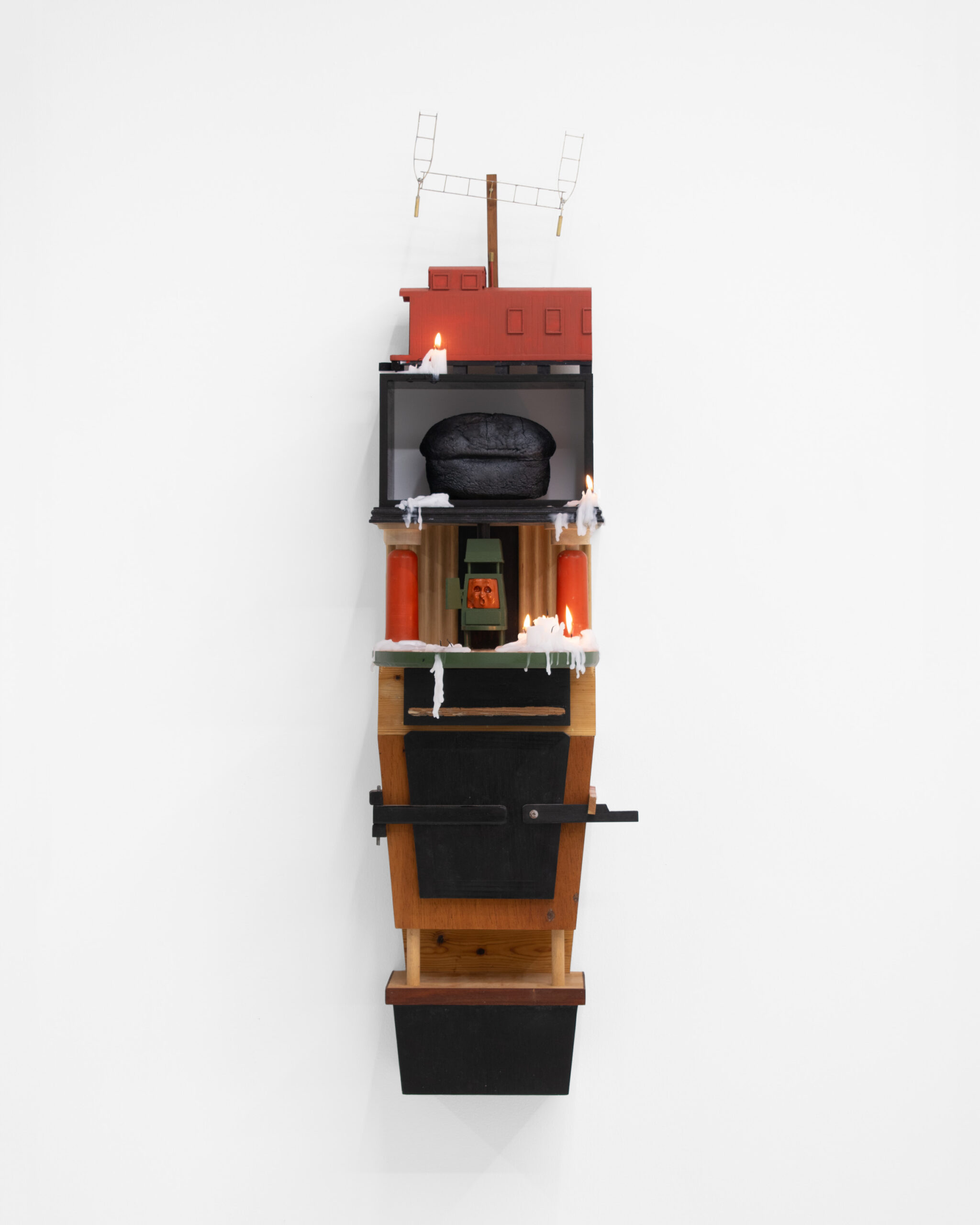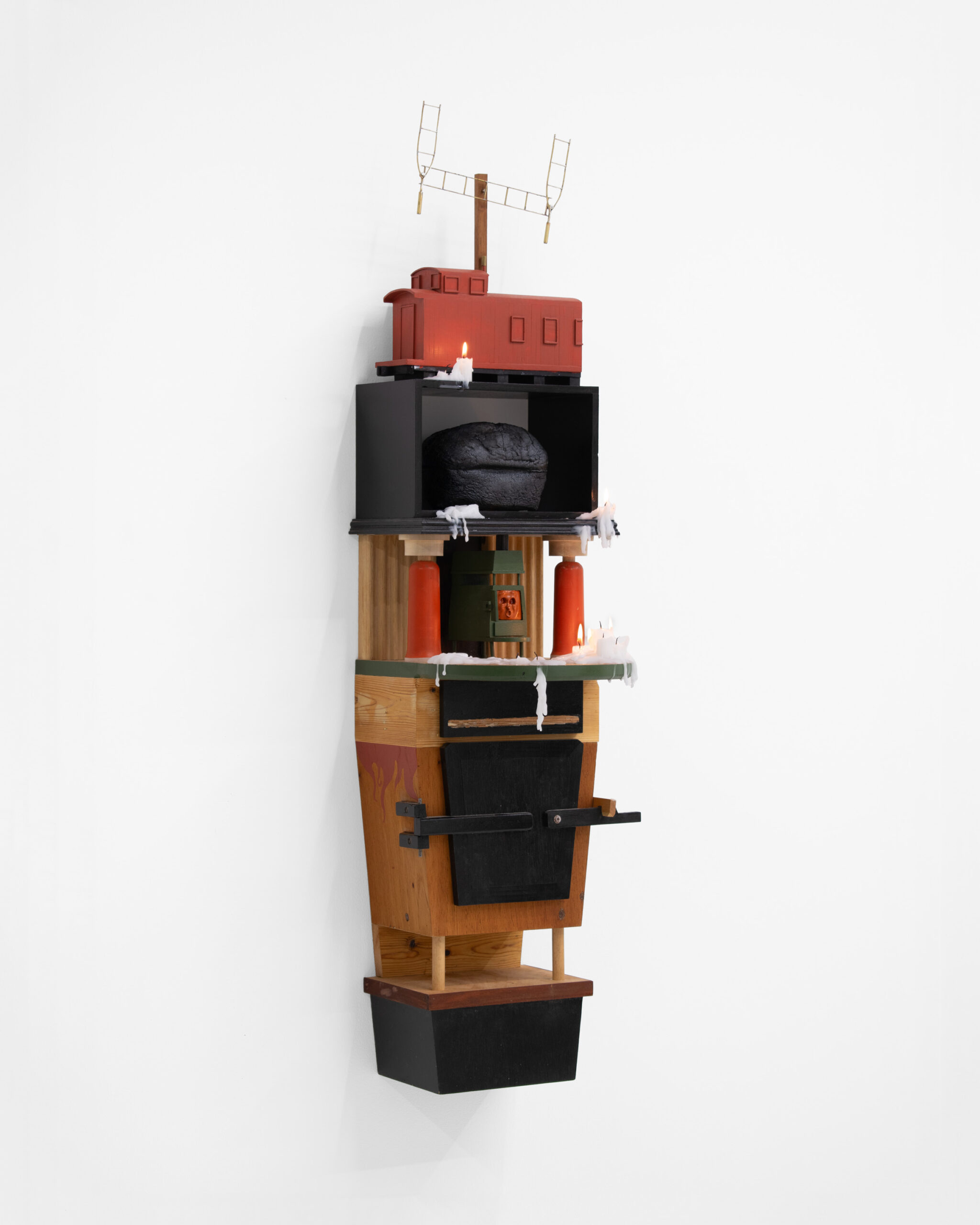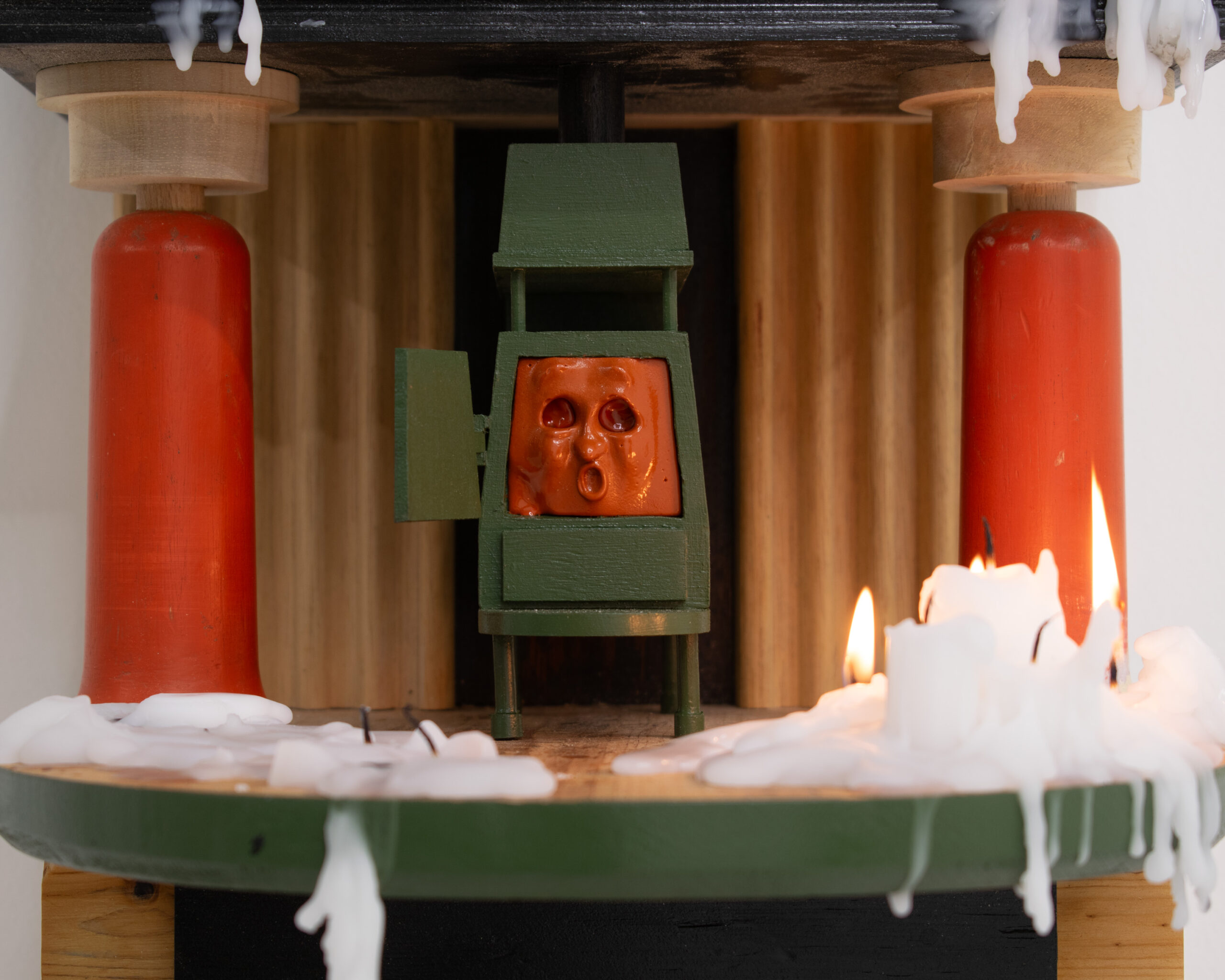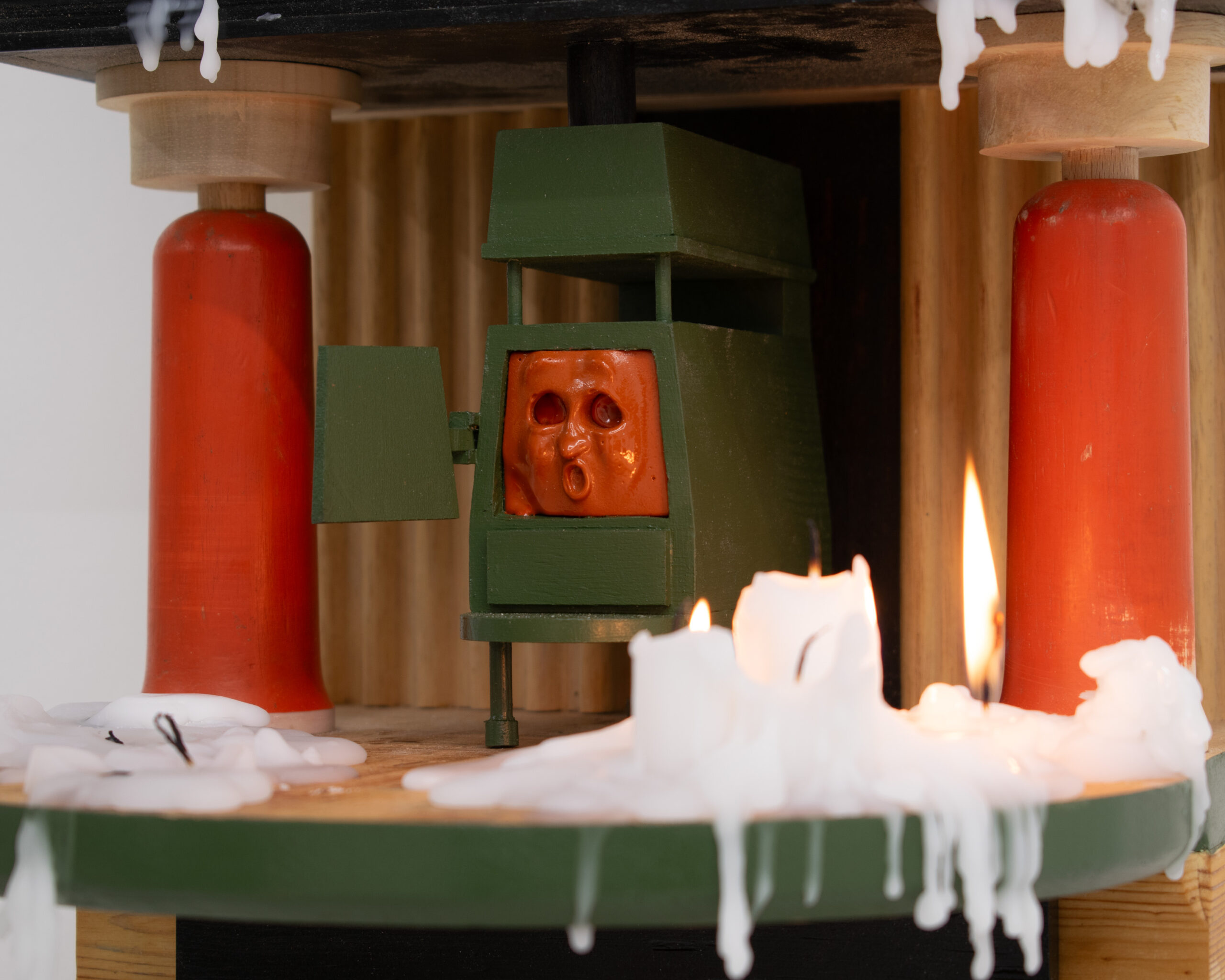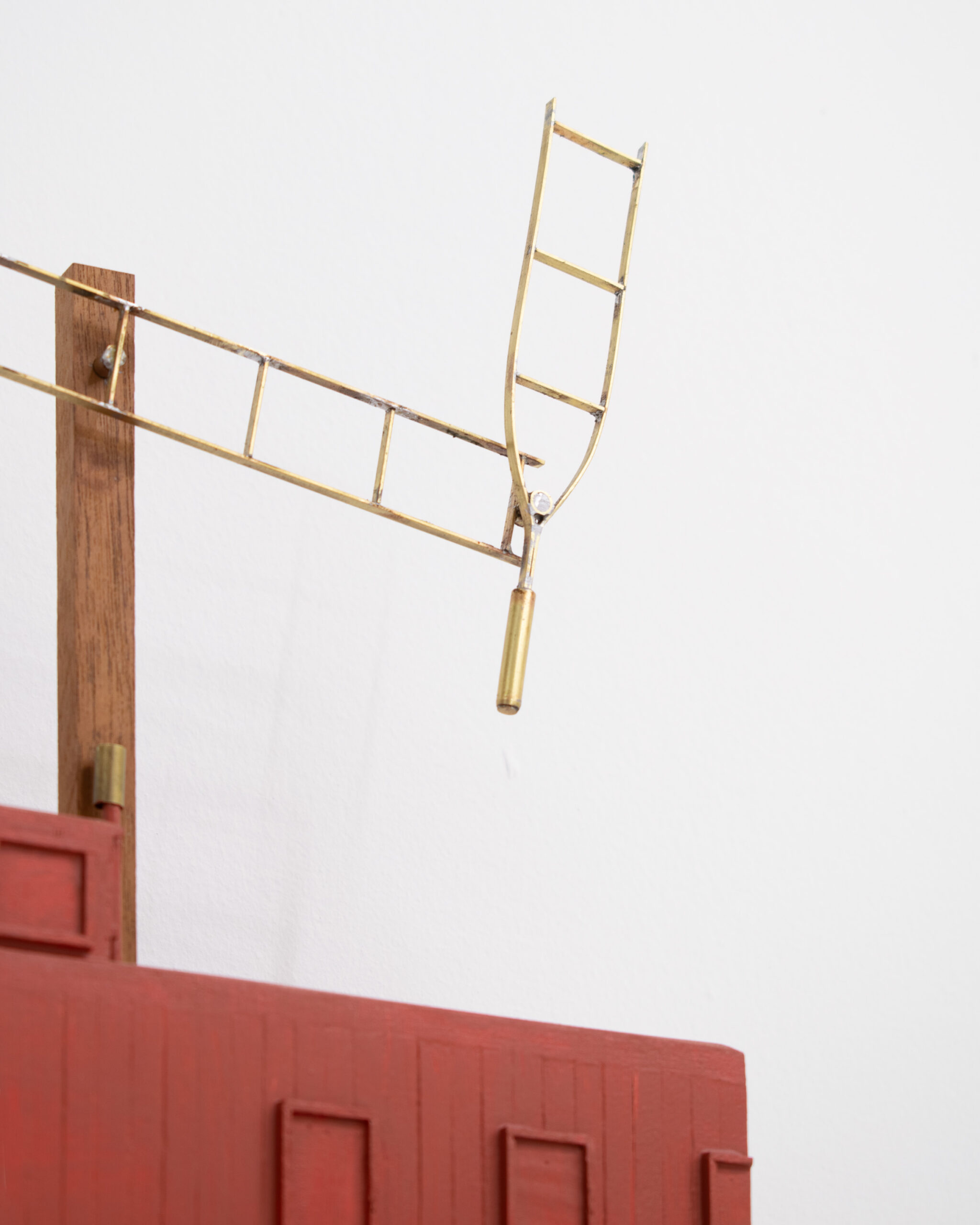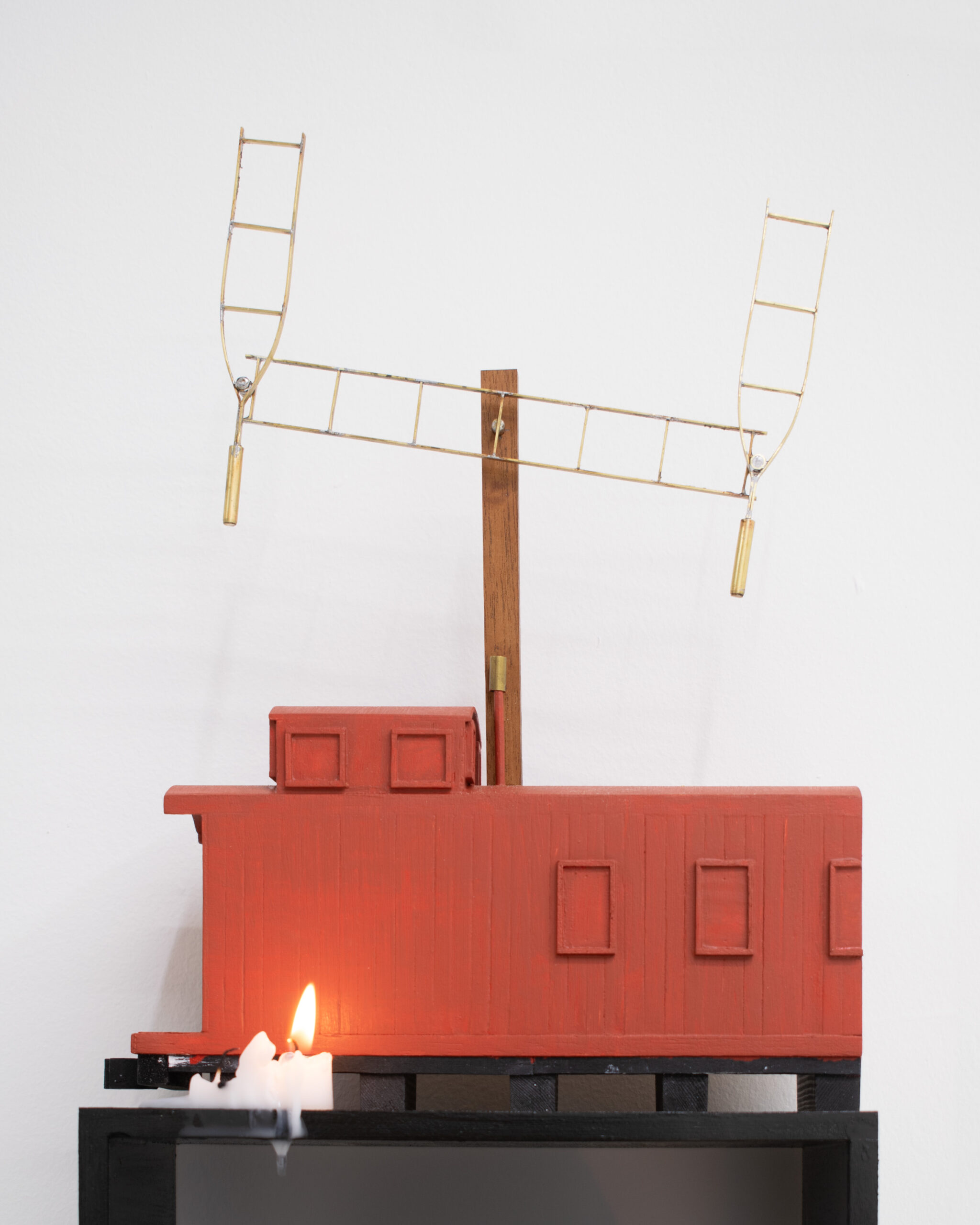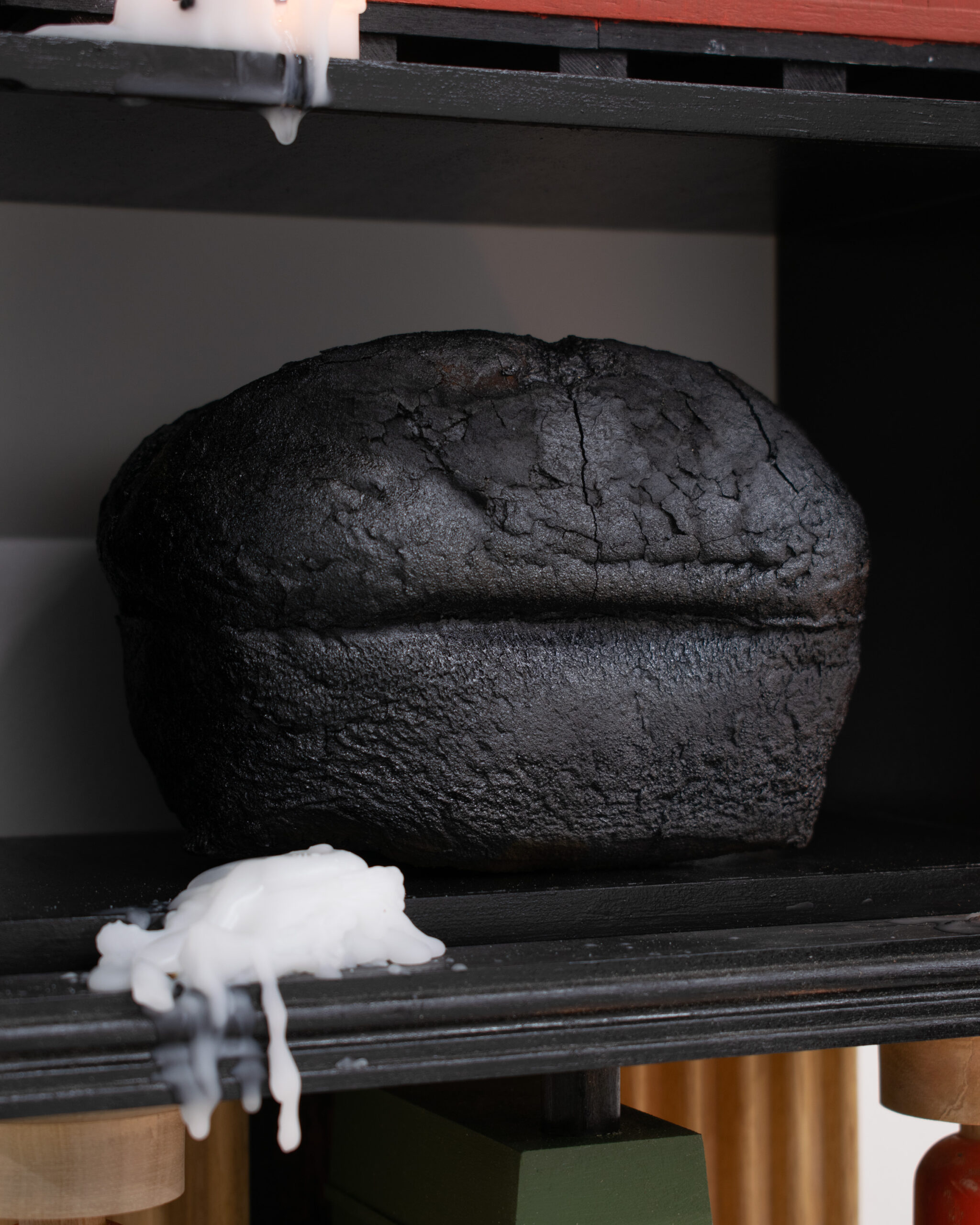Brief Candle, Splendid Torch
Lucien Anderson
04.07.2025–02.08.2025
Request works list →
Commissioned text: Love Song to a Place by Cody Sowerby →
Slugtown are pleased to present Brief Candle, Splendid Torch – the debut solo exhibition from Lucien Anderson.
In his practice Anderson takes on the role of story teller. He is interested in tales of adventure, escapades and derring-do. In particular he enjoys the idea of the endeavour – foolhardy or unlikely achievements in the face of great odds. The need to explore and to experience the world is instinctive, and has seen people withstand the harshest of conditions in the most indifferent of landscape. Regularly the artist himself will spend time hiking the difficult terrains of Northern England and Scotland, staying in remote bothies, living simply, keeping warm by fireside. In Brief Candle, Splendid Torch he presents 3 new wall-based constructions and a central sculpture in an installation that concerns itself with the fundamentals of human survival, solitary outposts, and brief moments of camaraderie.
The three wall-based works hang totem like on the gallery walls. Each is made up of a series of distinct levels. On the base of each is an upturned wood burner, the legs of which frame the level above. Wood burners have long been an important influence for Anderson, and a vital source of warmth on long nights in bothies. For centuries they have been the object around which people gather to recount anecdotes and reflect. Across each work there is a conflict in scale, miniature stoves, stage-like environs, and loaves of pyrolised bread. Perched on the top of each construction sits a specific structure found in remote situations; a lifeboat house, a bothy, and a wild west caboose – the inhabited observation car at the end of a freight train.
Across the elements, the degree of accuracy and truth to life of each varies. Some are lengthened or stretched, others simplified down to their important components only. In this way they bear similarity to abandoned film set props with a heightened reality. Or, like a story passed on through multiple retellings around a fire place – where elements of fantasy, fiction and whimsy have steadily worked their way in. Authenticity having ceded ground to a better narrative.
Film is one of the myriad of influences Anderson references in his sculptures. He talks about each varying level operating like frames within an establishing shot – ready for the camera to pan across the scene. Conversely to this, he is also excited by those things that are real, but which are so unusual that they seem fantastical. Often these real life phenomena are forged when object and function collide in unexpected ways. The two works that hang on opposing walls of the gallery, I hear you callin’ baby but you ain’t getting me and He makes a den of himself, smells and small thoughts are influenced by a trip the artist took to Donegal in 2024. There, along the dramatic Irish coastline, he learned how lighthouses emit different sequences of flashes in order to be identified. These series of flashes are referred to as the ‘character’ of a lighthouse – a definition that is at once perfectly sensible, and equally absurd and incongruous. As if these hugely important buildings, dedicated to keeping sailors safe at sea, are really only playing a role. The two works each carry their own individual signalling method (a Murray shutter telegraph, and Chappe semaphore tower) as their own unique character. Here they lie dormant, paused between messages.
Anderson’s use of materials is particular and deliberate. All his works are scratch-built, each element crafted diligently by hand. He chooses to reject the use of new material where possible, instead preferring to re-use and repurpose what he has around him. Works are made from reclaimed hardwood, softwood, brass, wood from disassembled furniture, pieces of an old flooded library, and pyrolised bread (amongst many other things). In some cases, the history of these materials is obvious; their surfaces marked and marred from their previous existences and further embeds layers of history into the context of his artworks.
Standing centrally in the gallery is The Atomic Priests, a monolithic sculpture made from 9 reclaimed organ flues. It is a work that displays a satisfying simplicity in Anderson’s material use and interests. The flues stand upturned, the aperture that the air would pass through – known as the mouth – at the top. Their design is functional and basic, economical to the extreme. Once again their surface bears the patina of wear and tear from frequent use. Like the lighthouse characters, or the contorted faces within the miniature stoves, there is an anthropomorphic quality to the flues. They huddle together like a clergy, delivering a message. The work’s discordant title references the problem facing humanity of how to deter future societies from unearthing nuclear waste buried deep underground. The current preferred solution is an Atomic Priesthood: people tasked with the role of storytellers, passing stories on through the generations to bridge divides in visual understanding, language and cultural norms in an attempt to warn them off the dangers below. Storytelling as a means of survival.
Across the installation, a spiritual energy pervades. Rather than anything ecclesiastic, Anderson is making direct reference to acts of service, ritual and reflection. In his sculptures, where perspective and scale are confused and interwoven, he melds together the micro and macro. Intimate experiences such as the casual placement of candles in a bothy are given equal significance as large scale semaphore used to communicate over great distance. Anderson combines personal lived experience alongside thoughts on human persistence, giving weight to both, and encouraging reflection on life, love and togetherness.
Lucien would like to thank Harley Kuyck-Cohen, Cody Sowerby, Jade Sweeting, Niall Greaves, Angharad Creissen and George Stewart.
Lucien Anderson (b. 1992, Huddersfield, UK) lives and works in Newcastle upon Tyne. He recieved his BA in Fine Art at Newcastle Univeristy in 2016. Anderson has completed residencies at Contemporary Fire, Tuscany, 2023; The Museum of Loss and Renewal, Collemacchia, 2023; and Allenheads Contemporary Arts, Northumberland, 2016 and 2018. Selected exhibitions include: Our Teeth are Reefs curated by Slugtown , Collective Ending, London, 2024; Baltic Open Submission, BALTIC, Gateshead, 2024; Memory Into Landscape, Elysium Gallery, Swansea, 2022; Near and Elsewhere, No 20 Arts, London, 2022; AFTER THE FLOOD, Blyth, 2022; Friends With Benefits, Safehouse, London, 2021; EKO 8 – International Triennial of Art and Environment, Maribor, 2021.

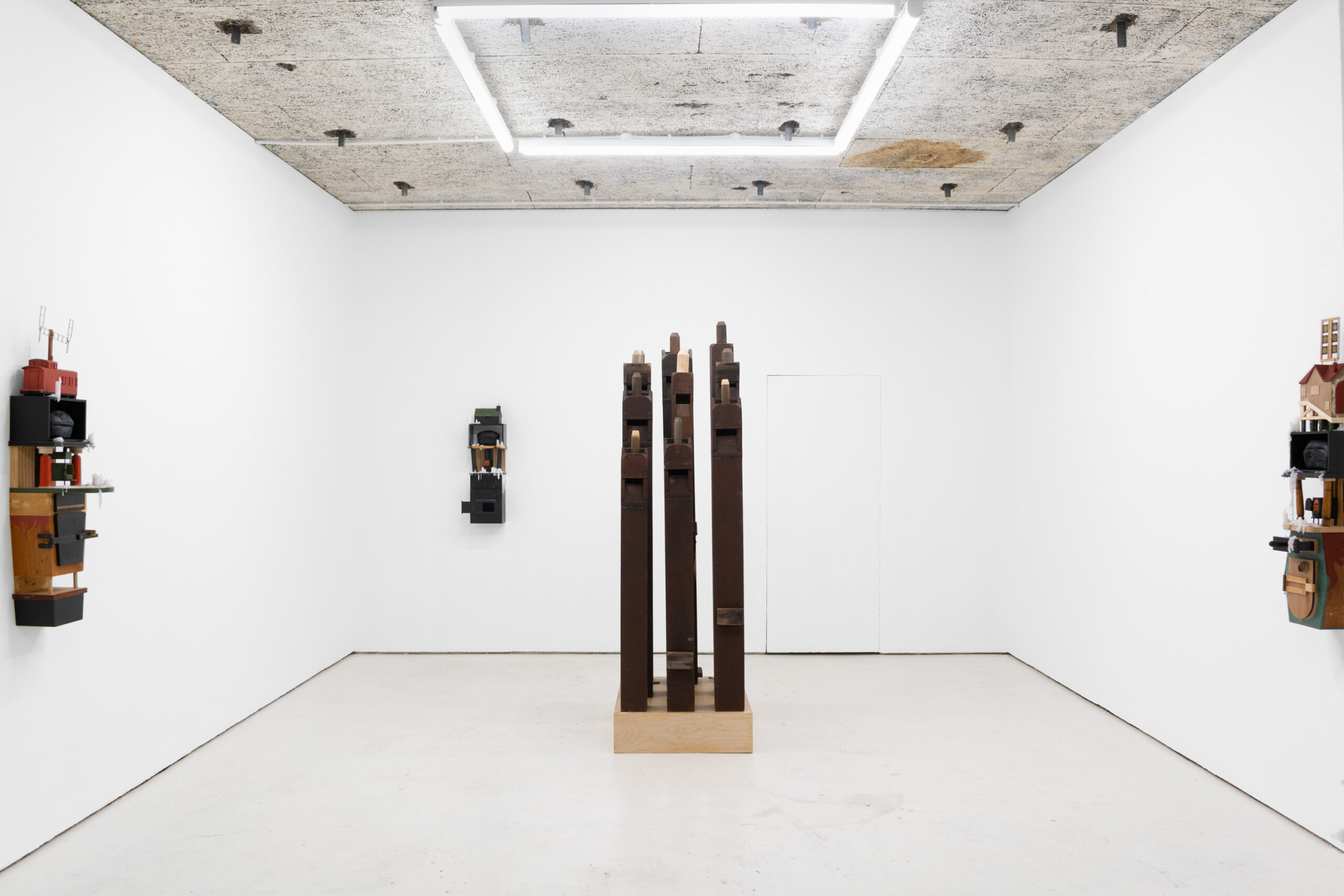
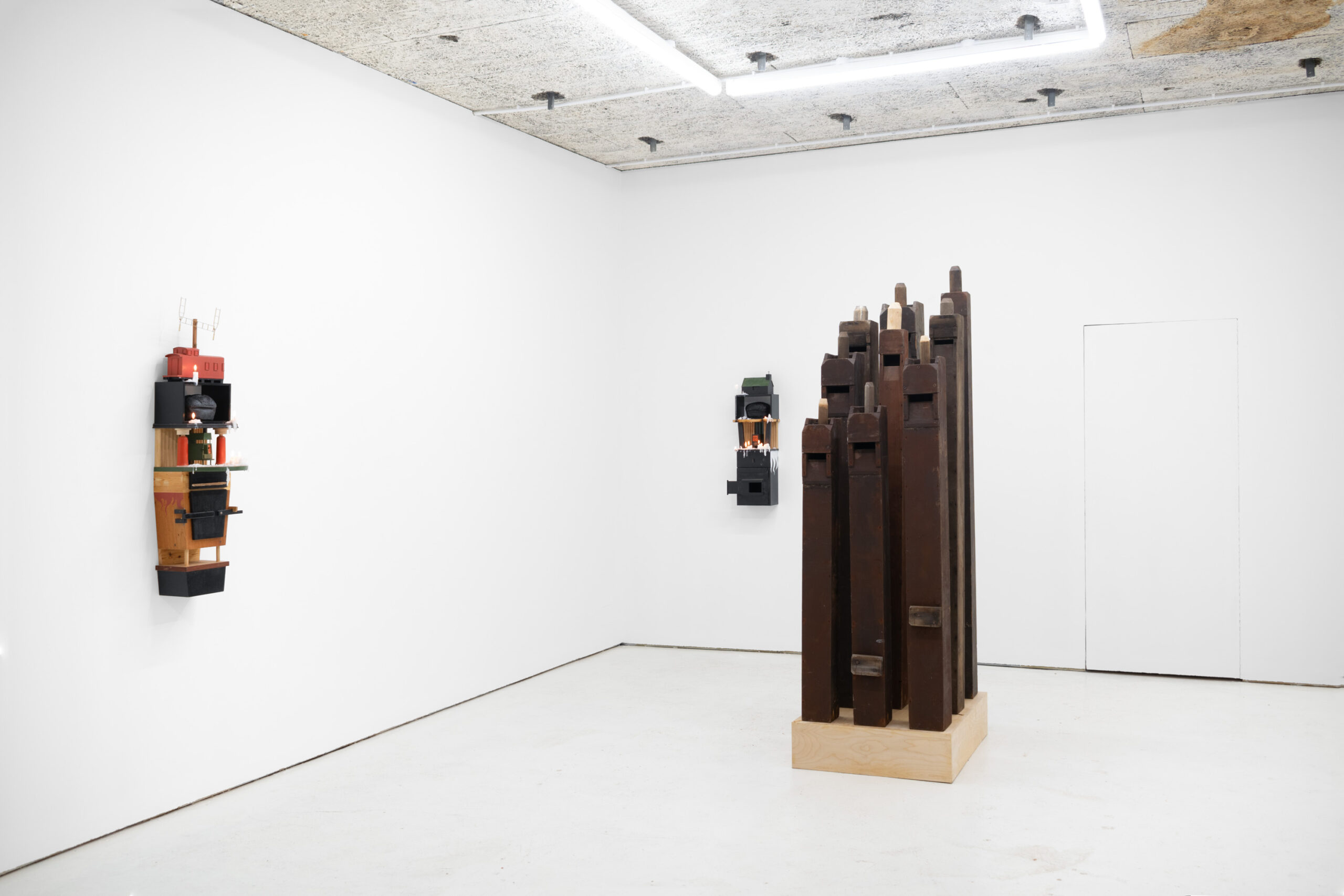
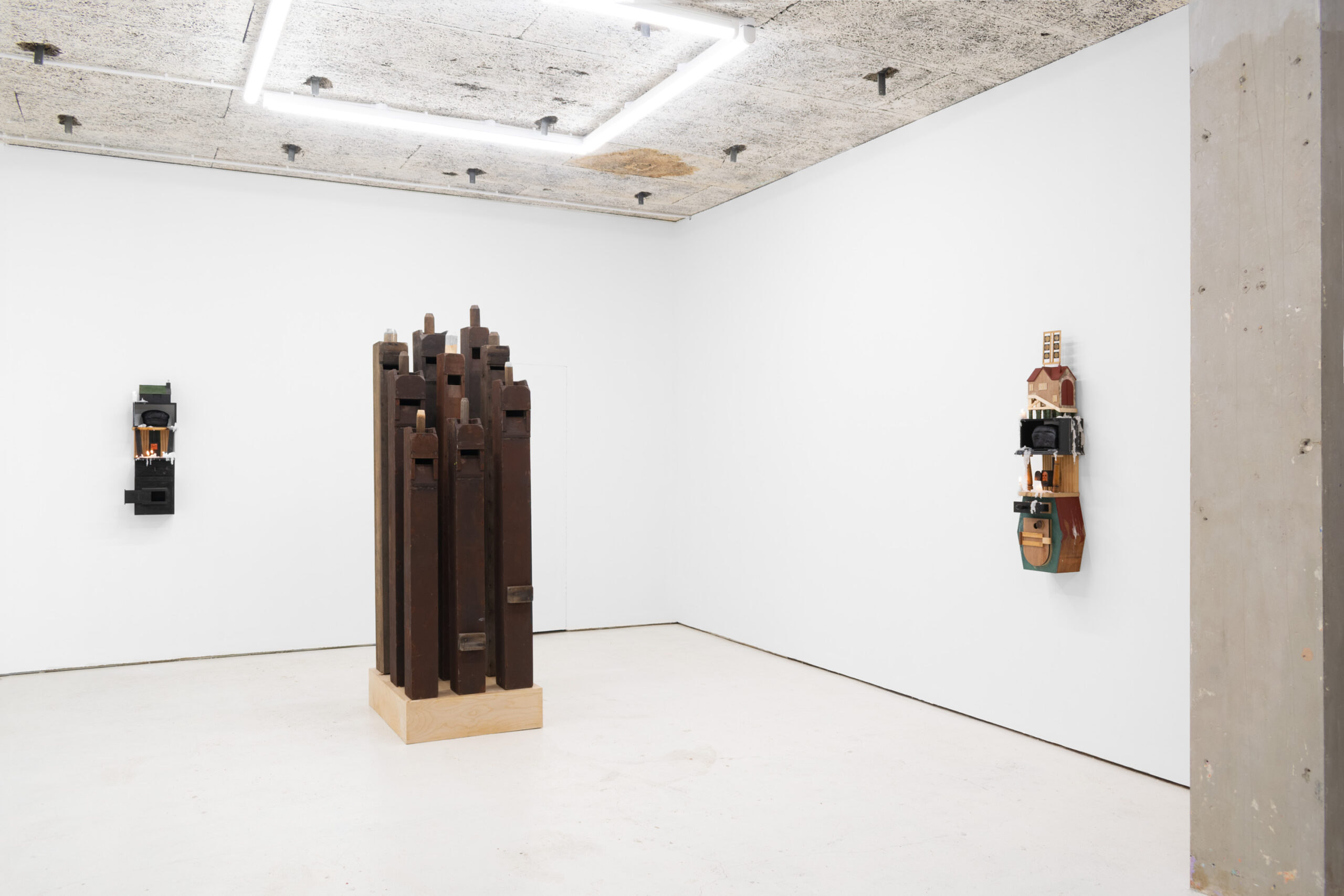
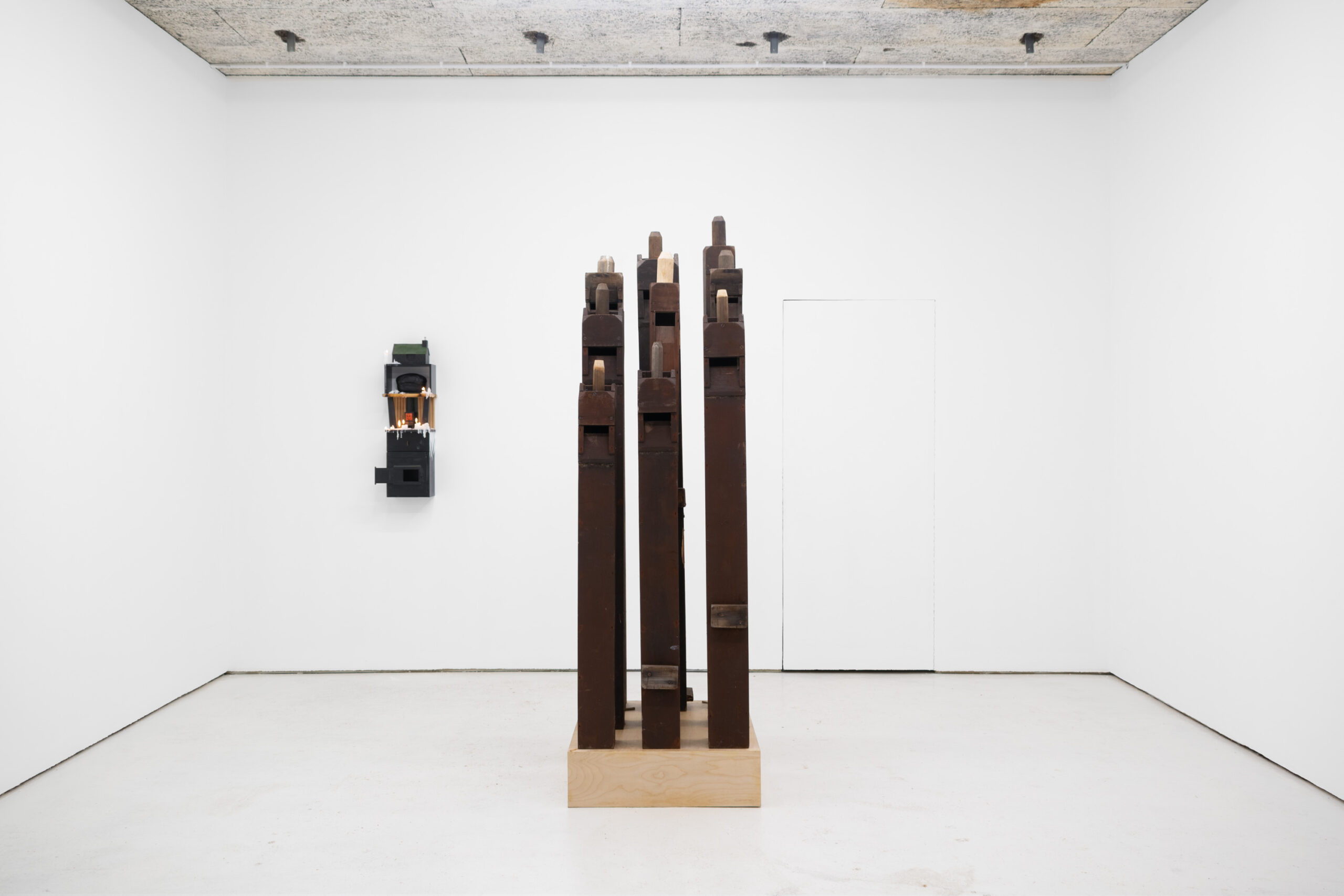
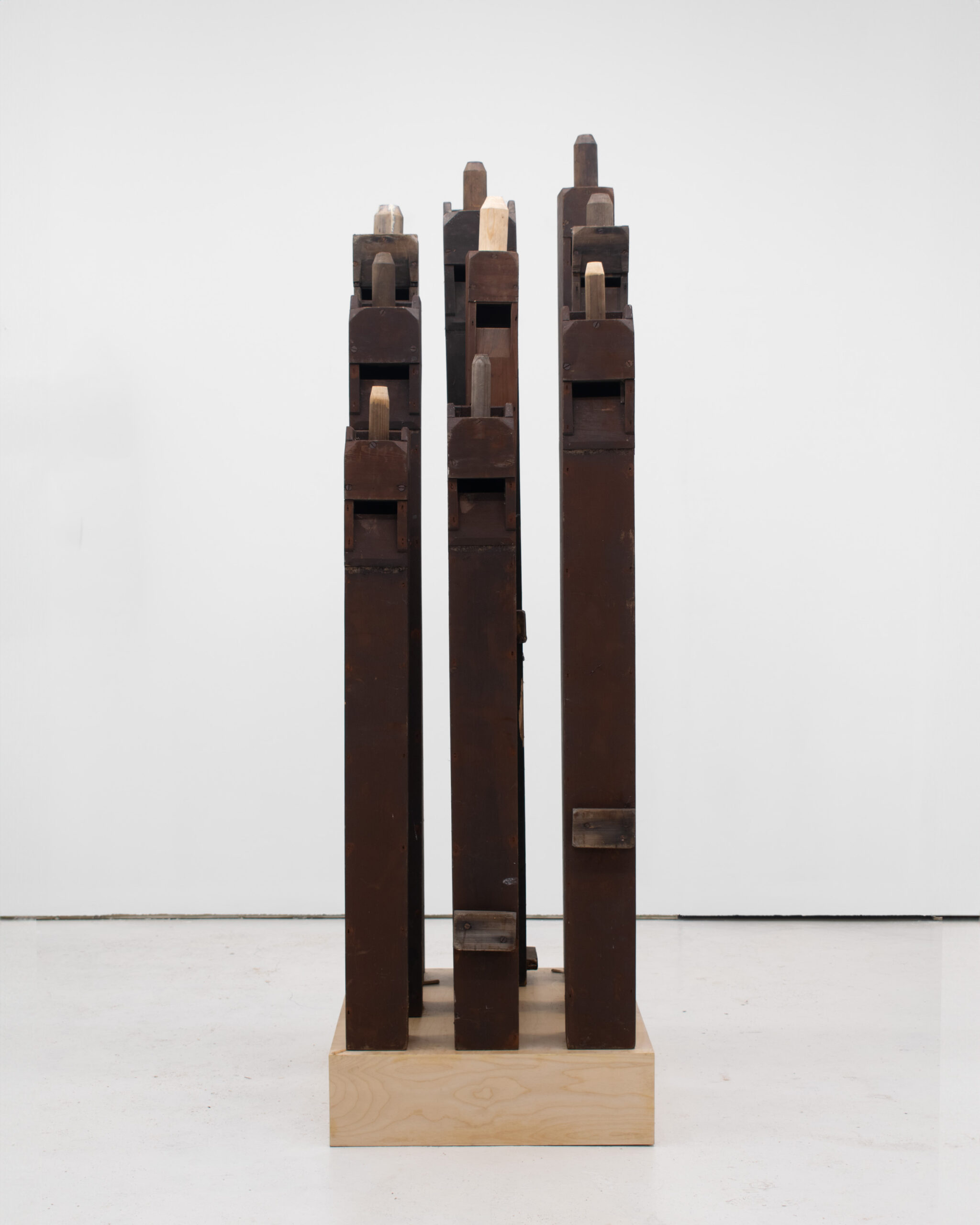
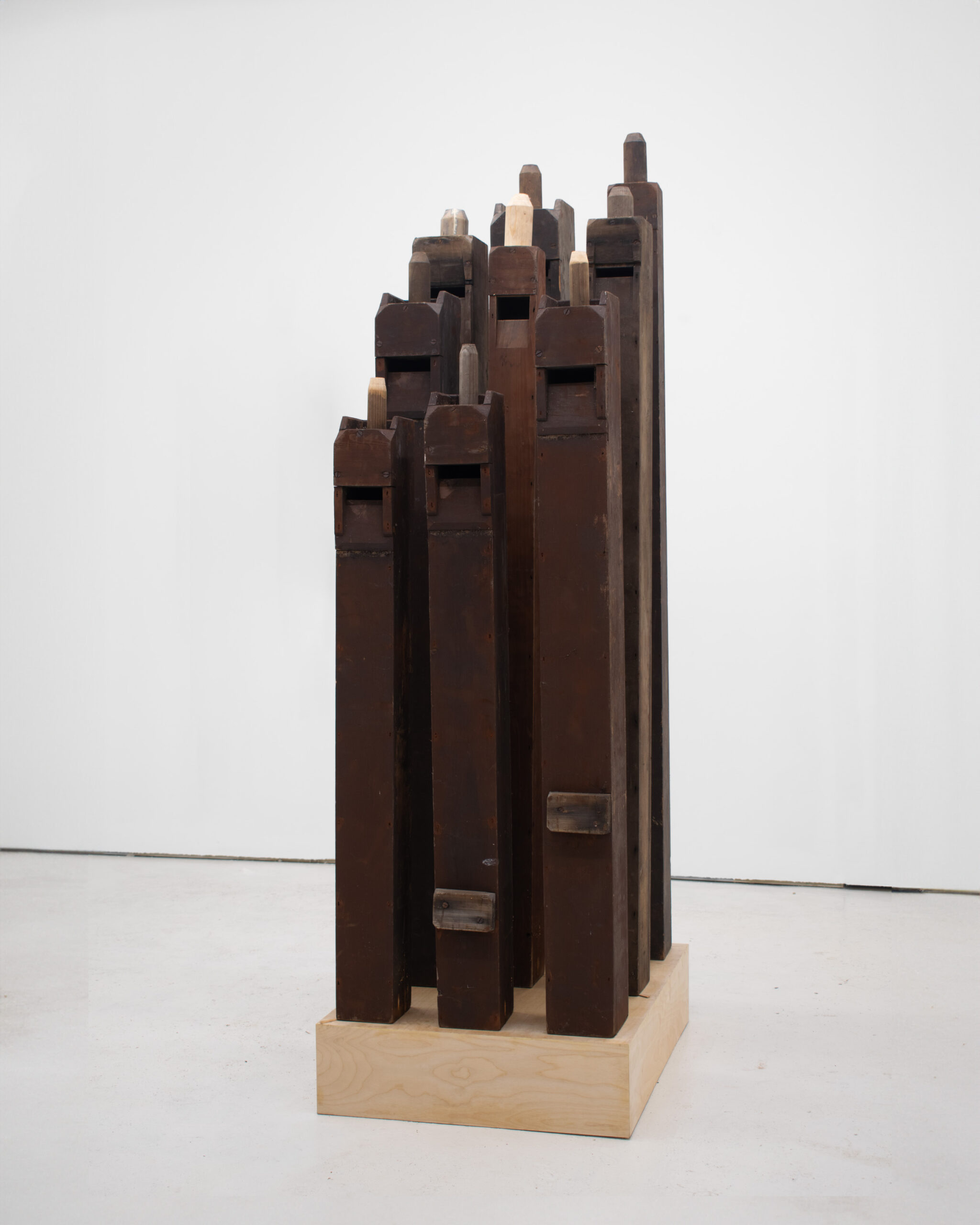
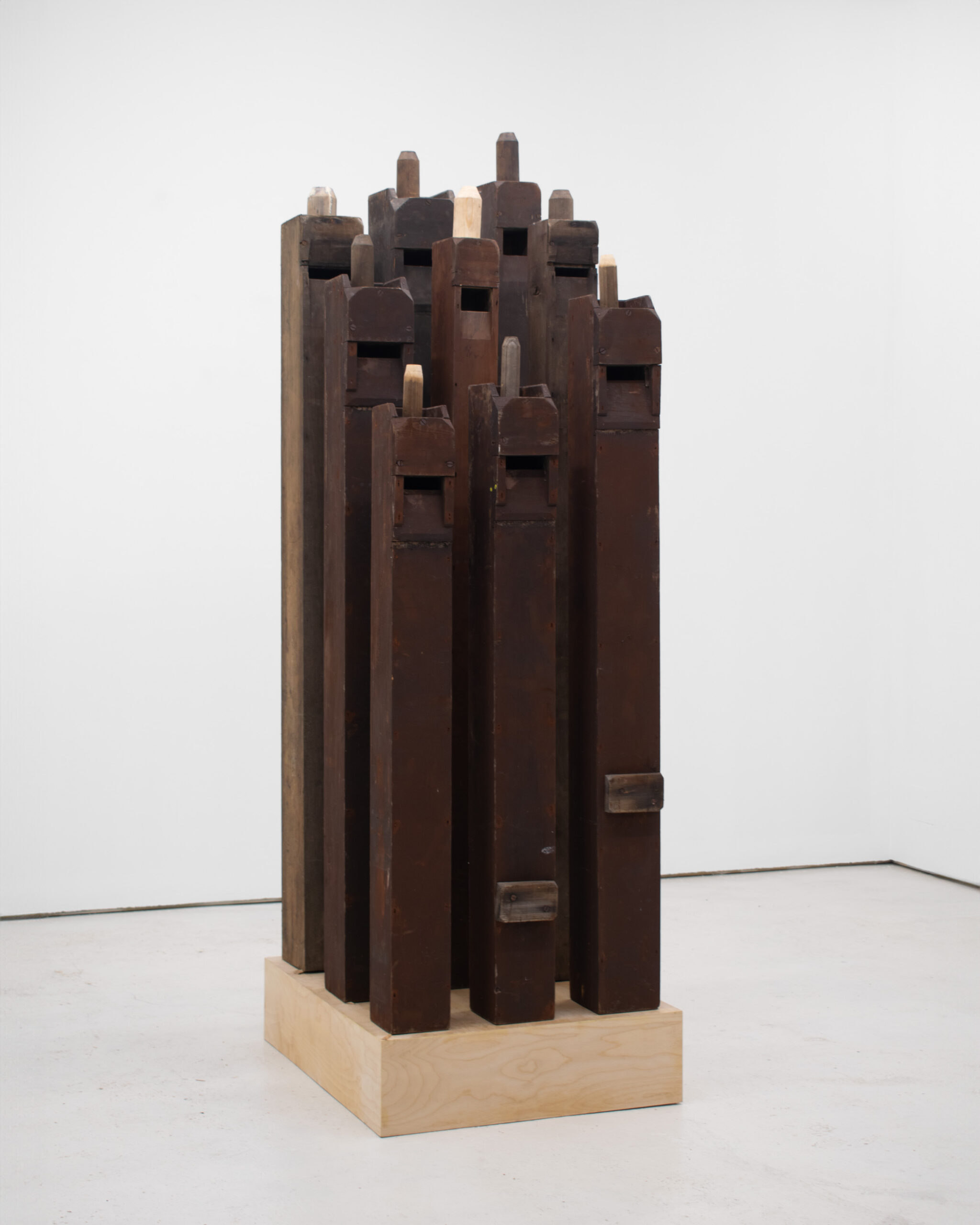
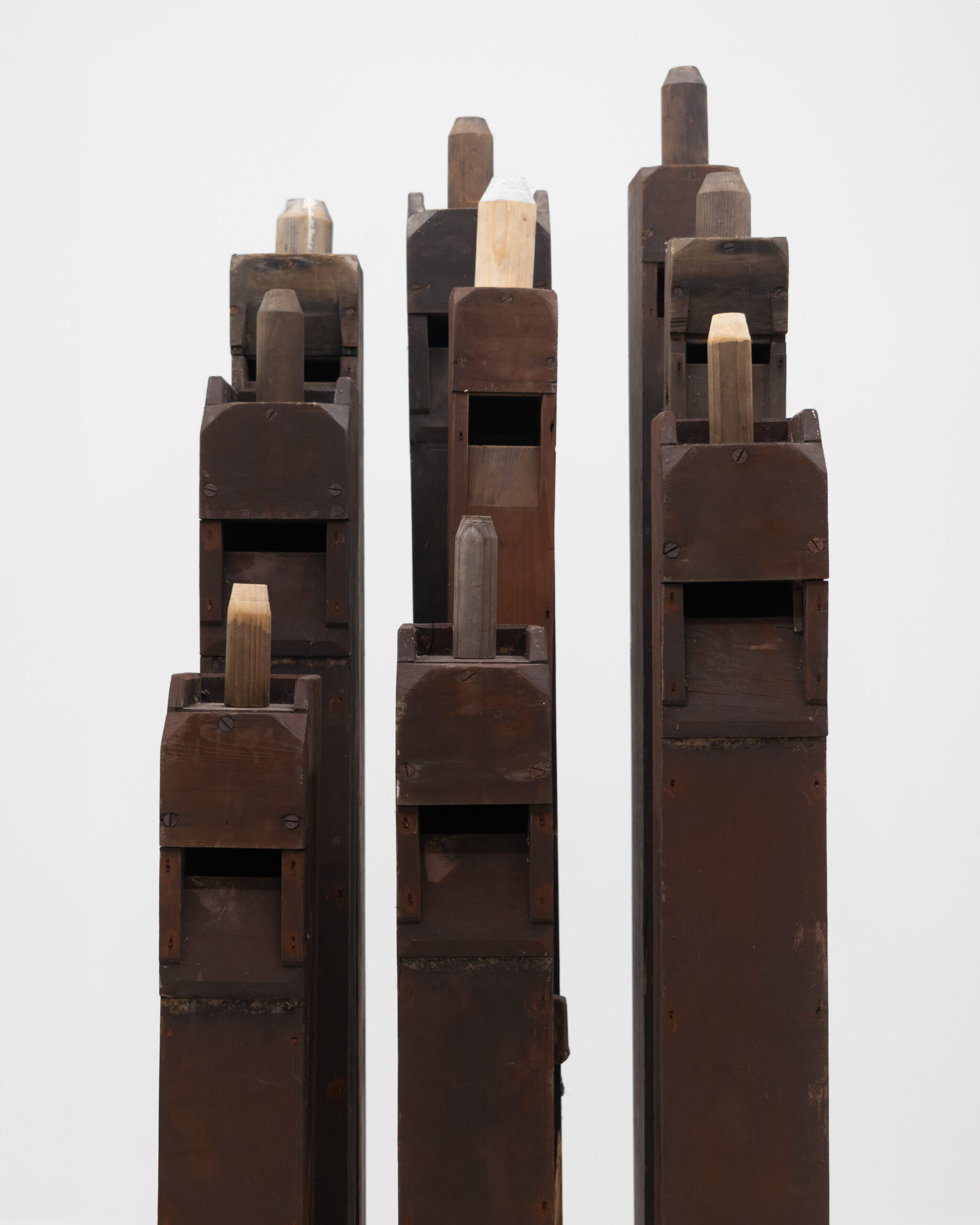
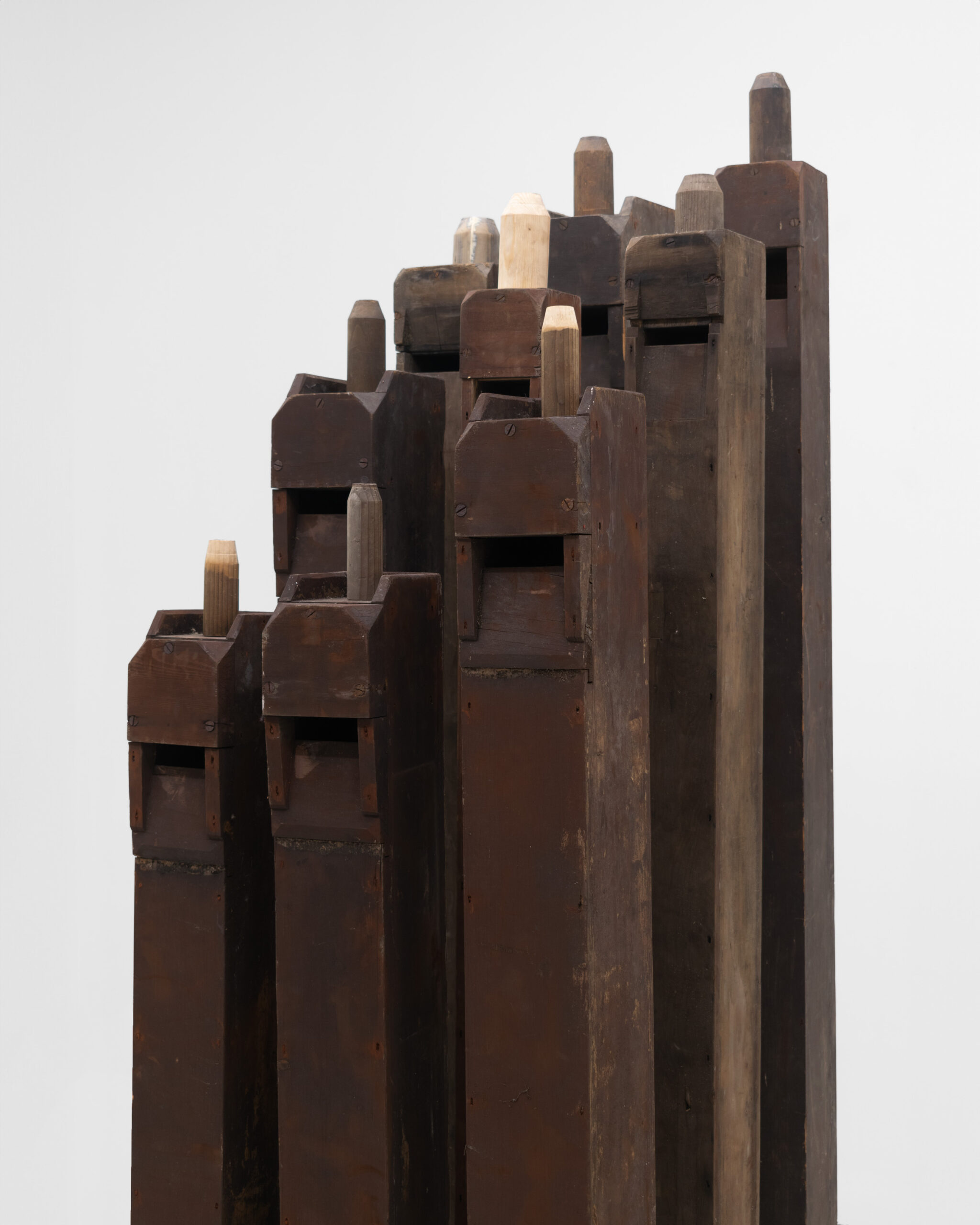
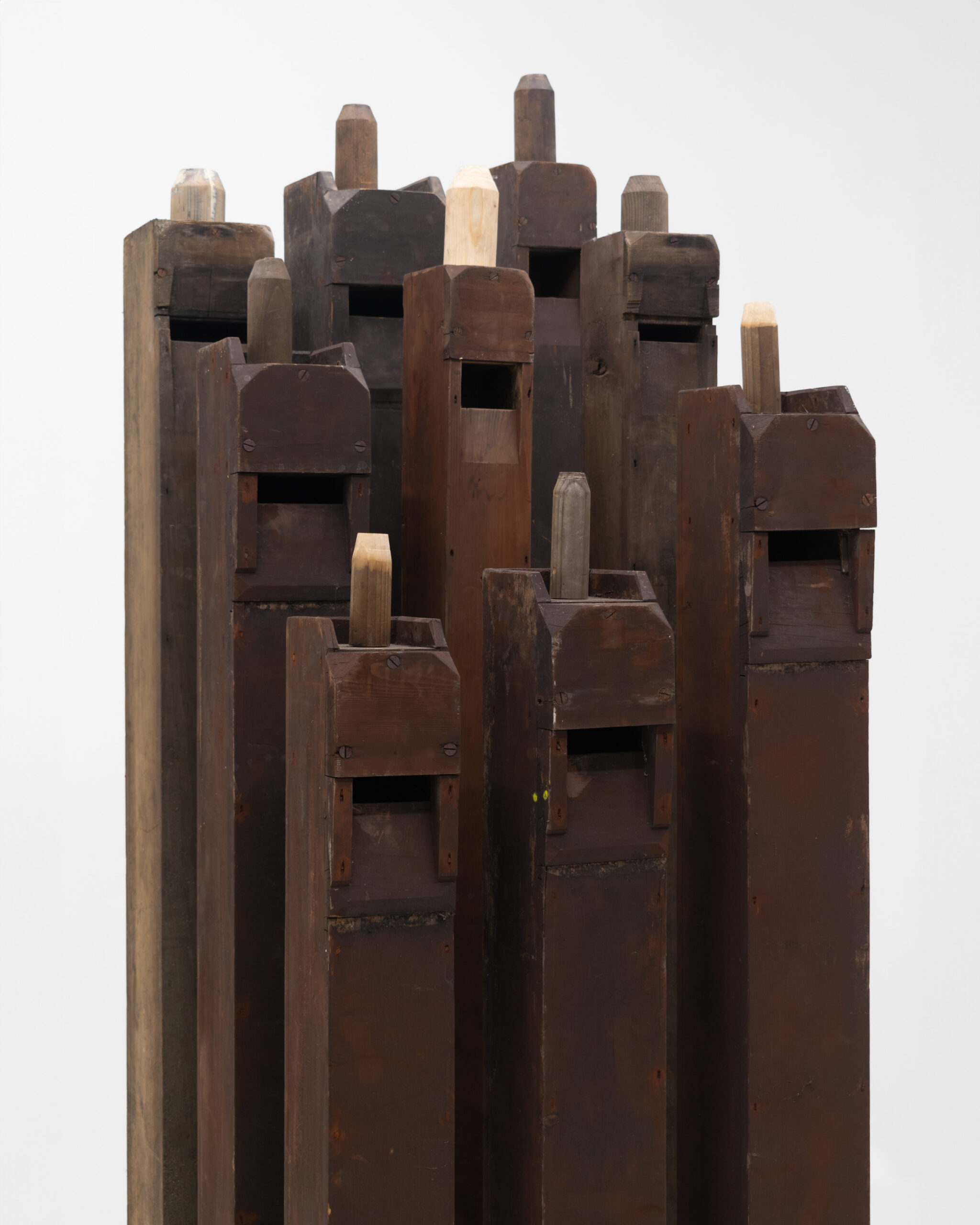
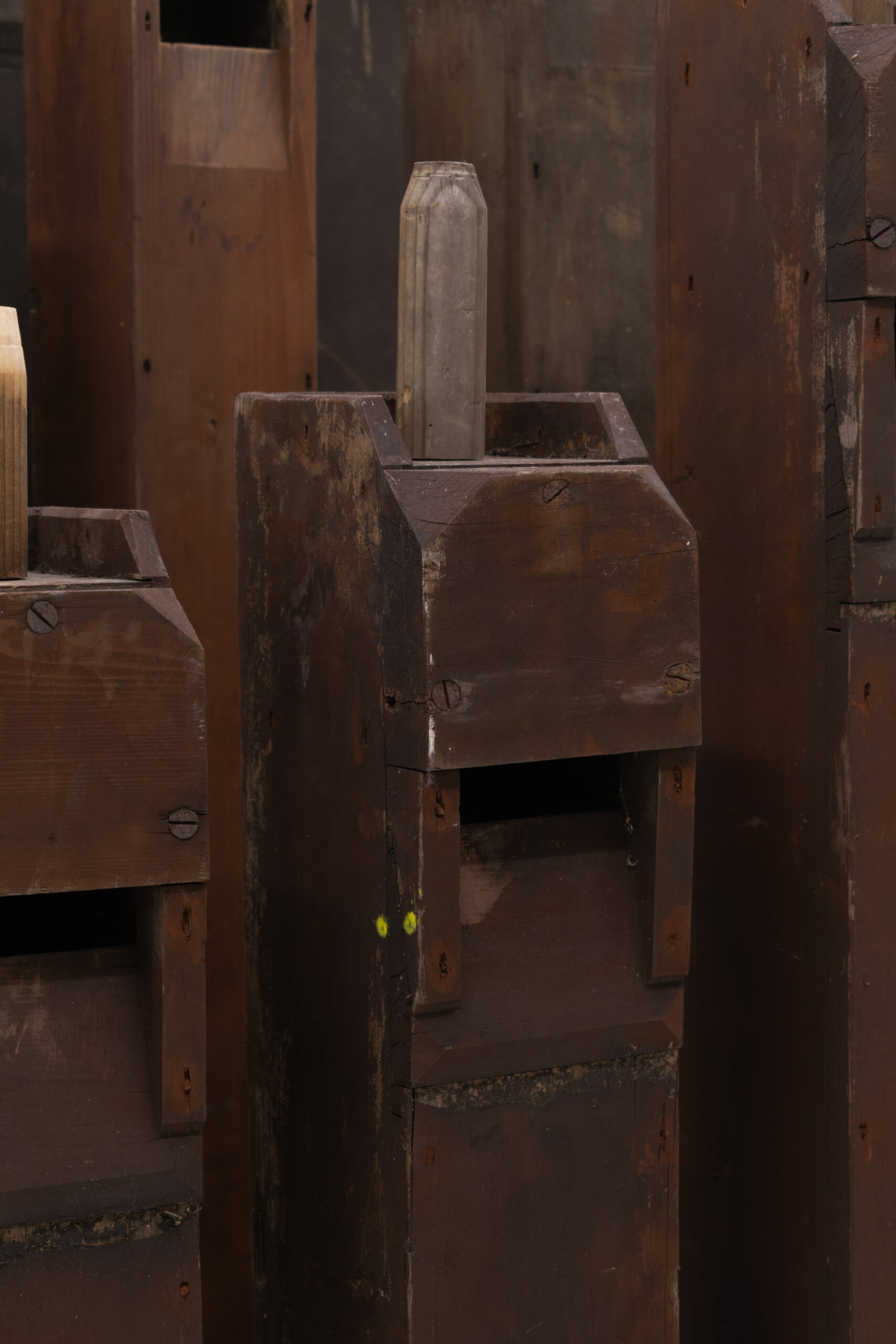
![LA003 [Install Portrait]](https://slugtown.co.uk/wp-content/uploads/2025/07/LA003-Install-Portrait-scaled.jpg)
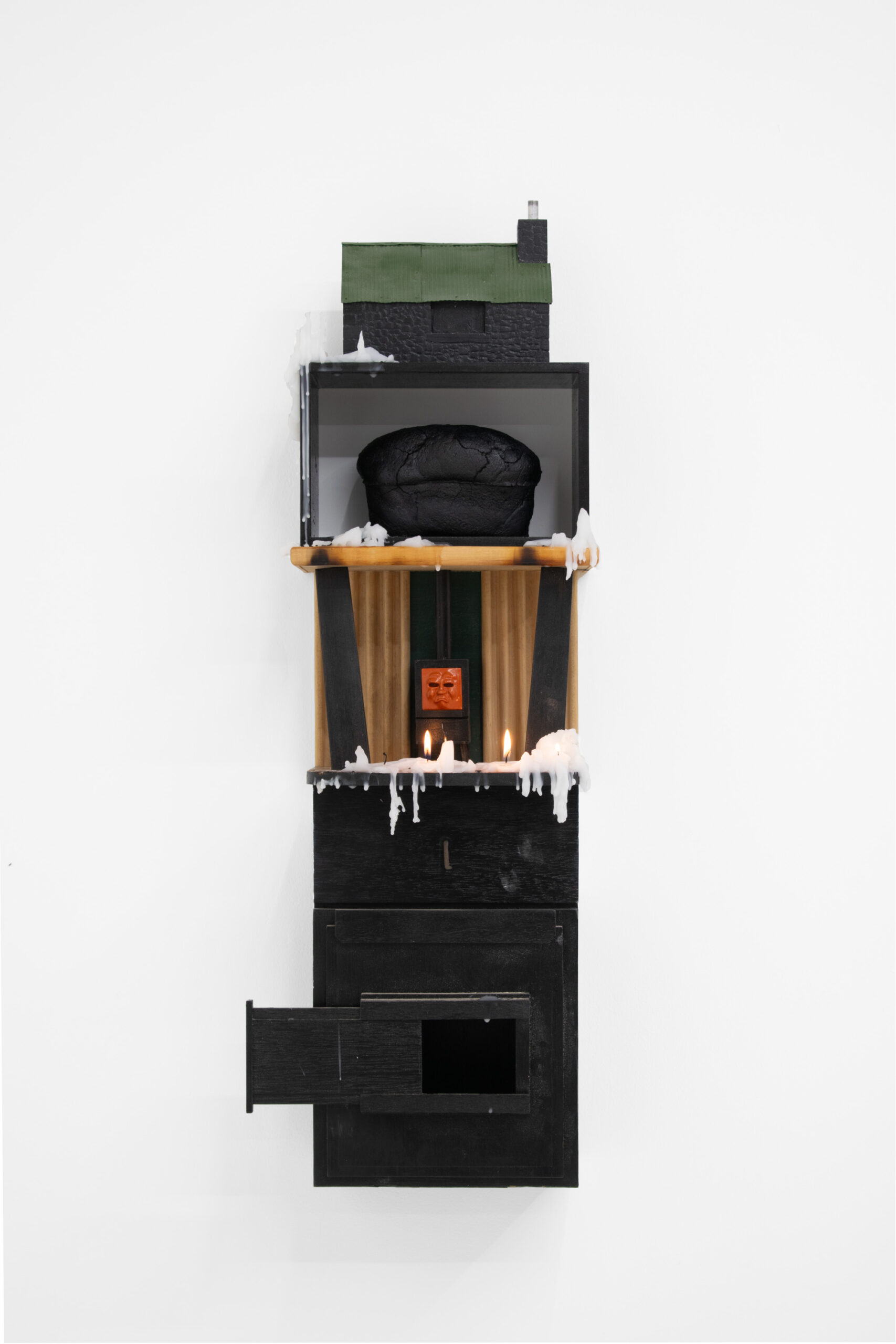
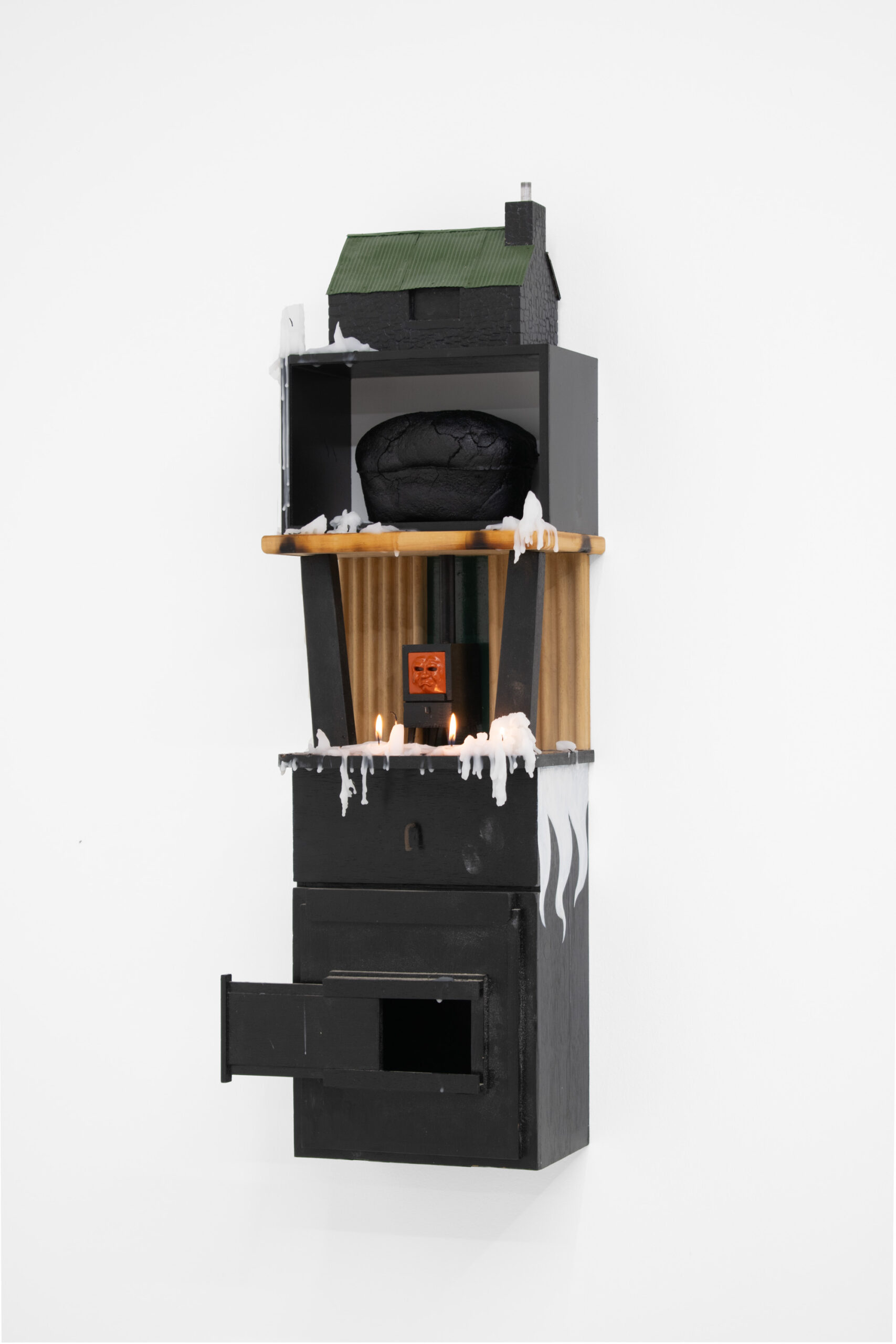
![LA003_DSC_1127[2]](https://slugtown.co.uk/wp-content/uploads/2025/07/LA003_DSC_11272-scaled.jpg)
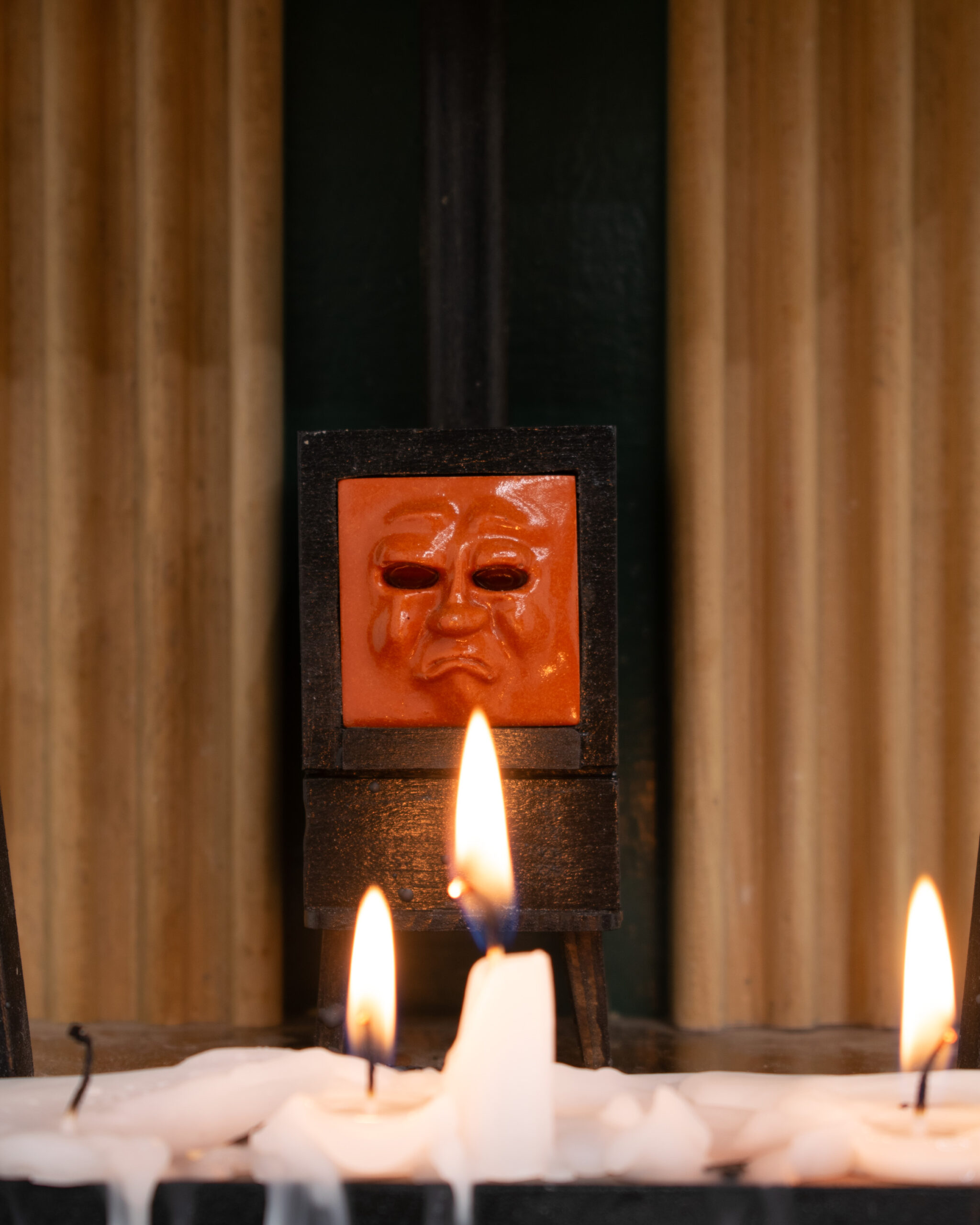
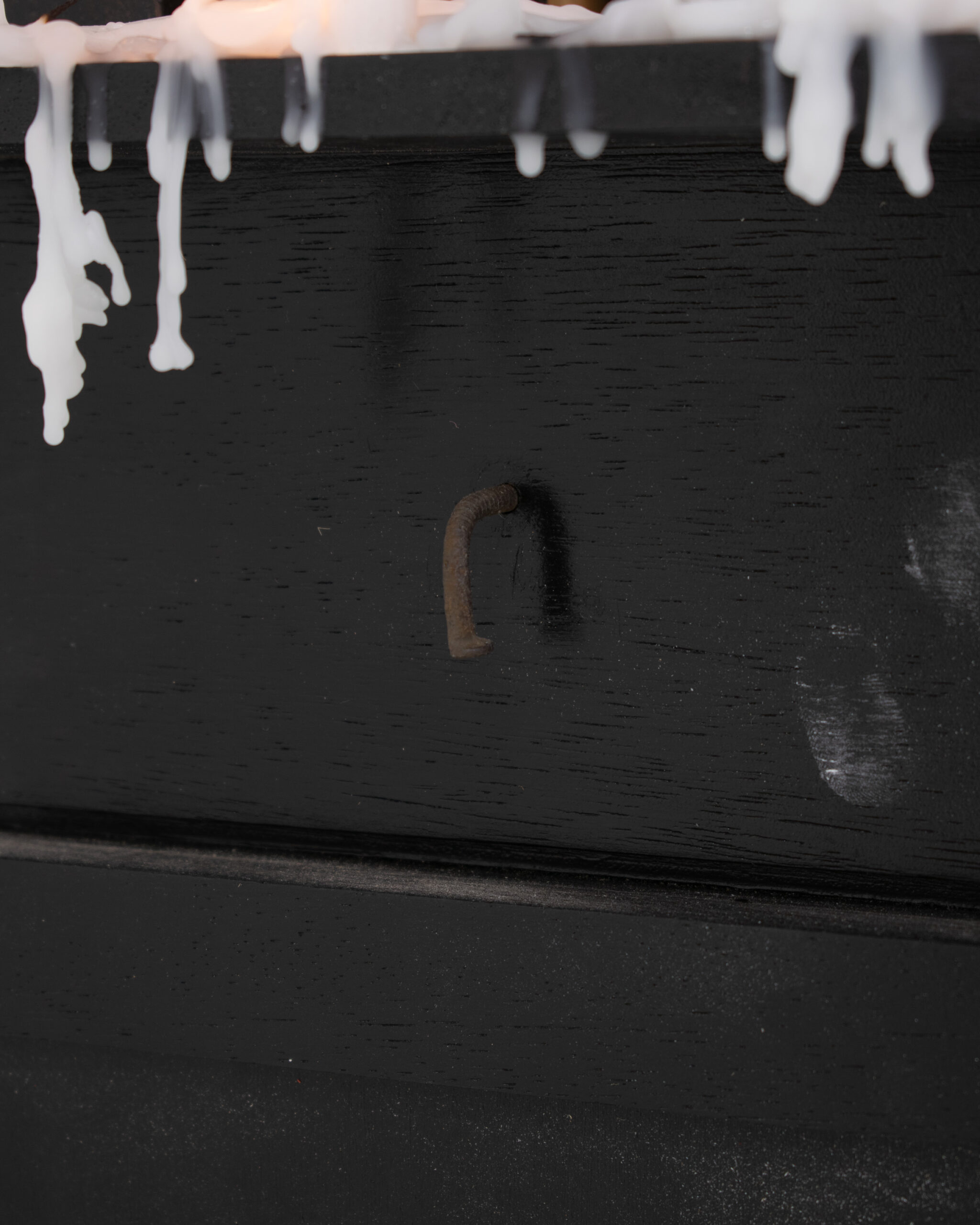
![LA002 [Install Portrait]](https://slugtown.co.uk/wp-content/uploads/2025/07/LA002-Install-Portrait-scaled.jpg)
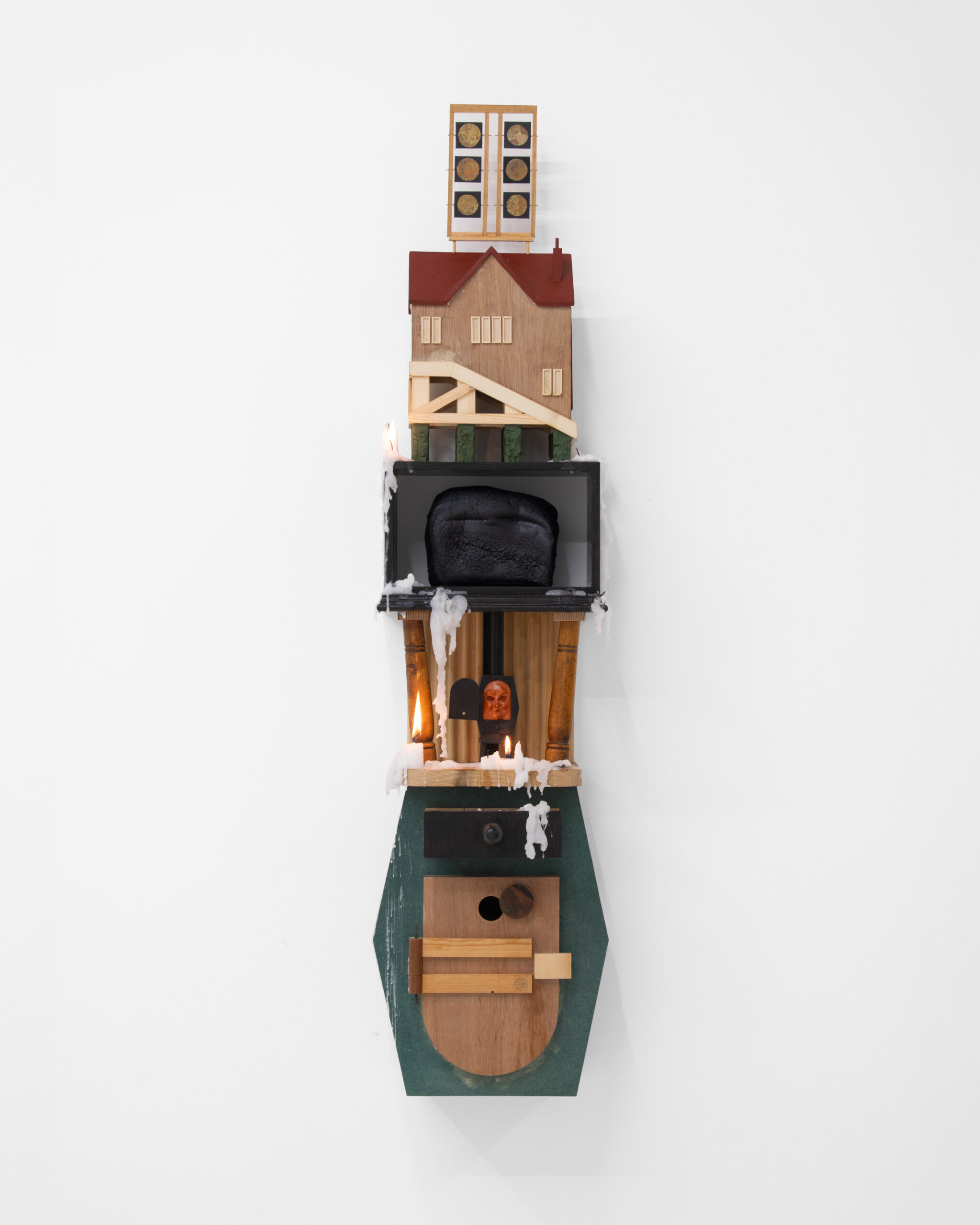
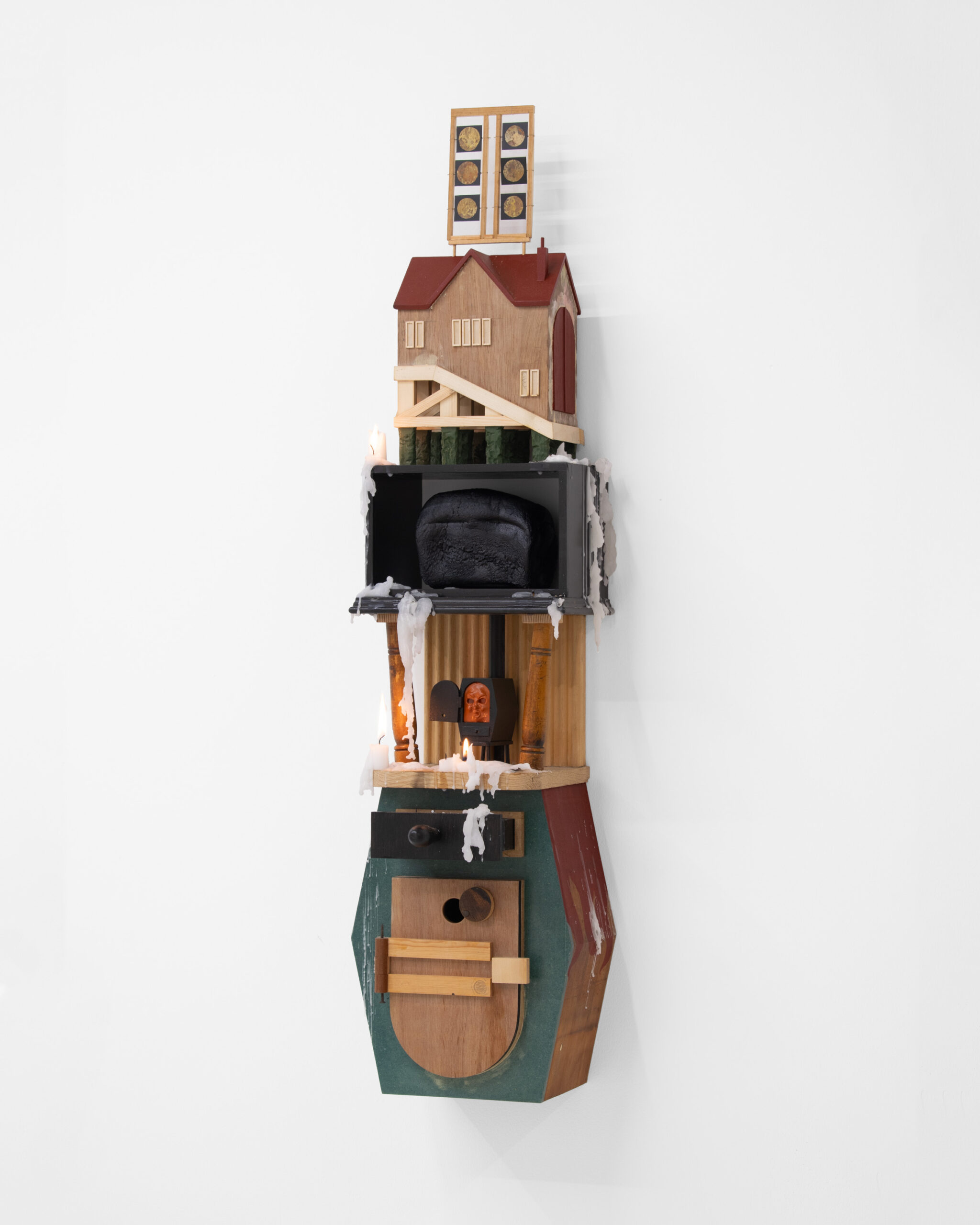
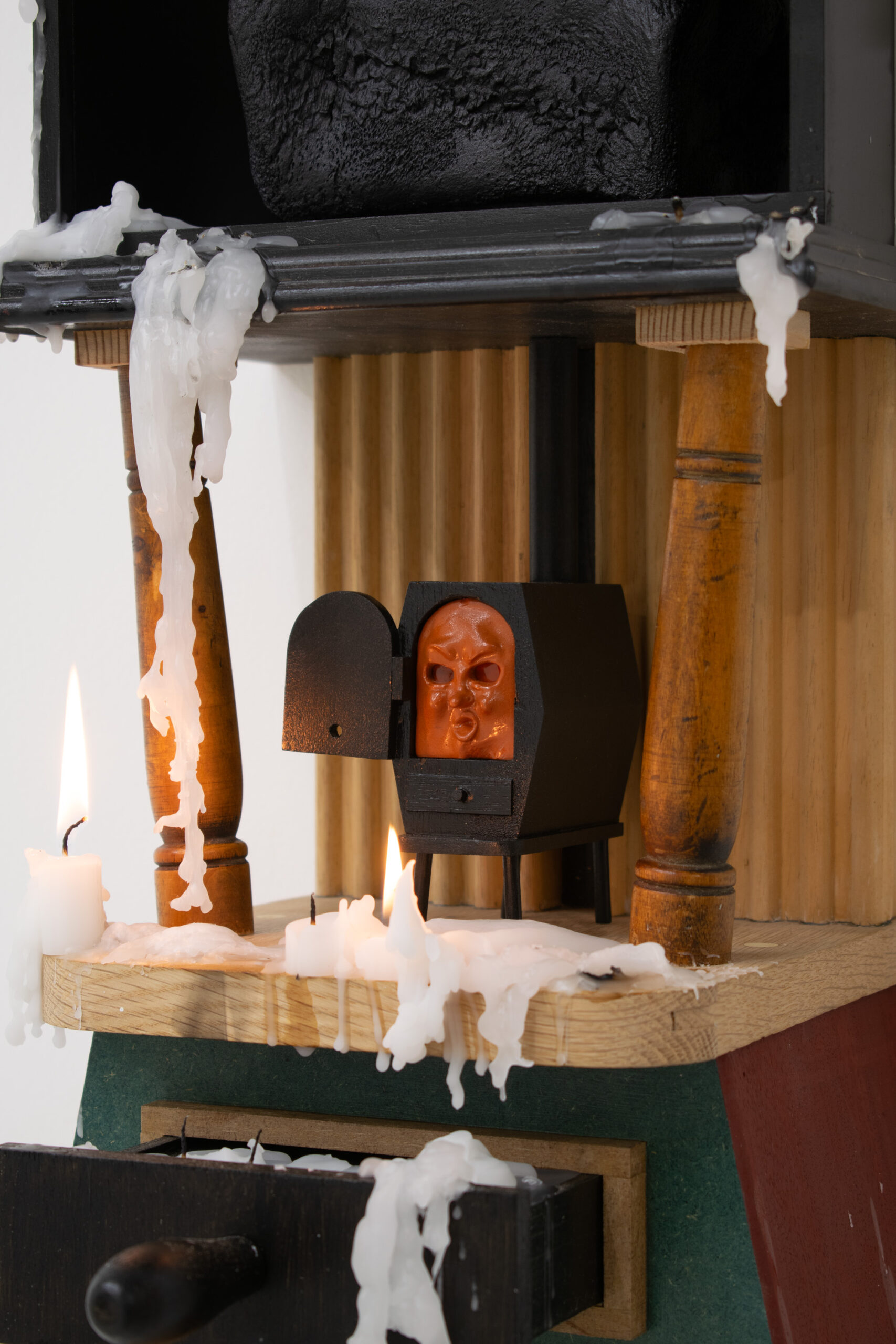
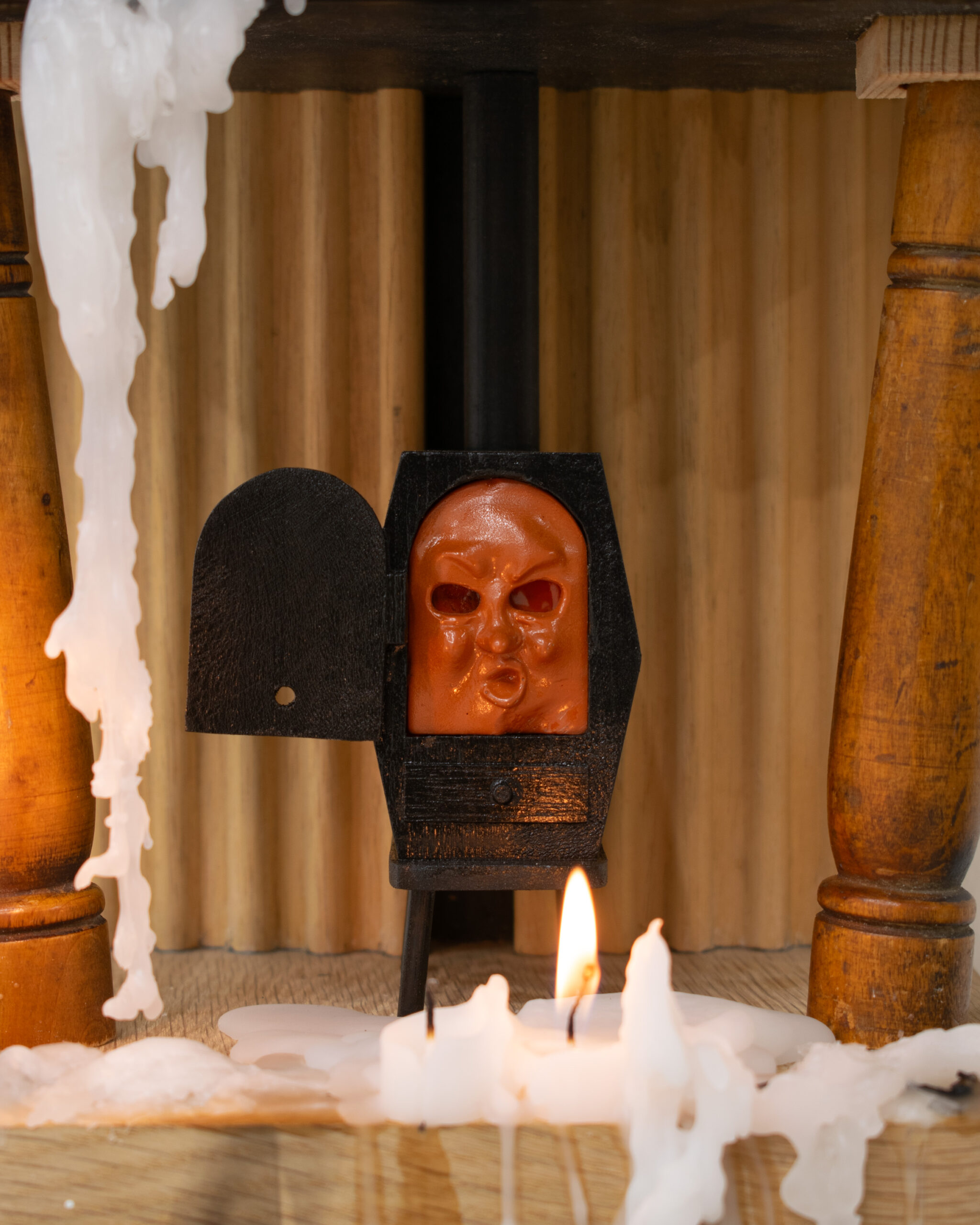
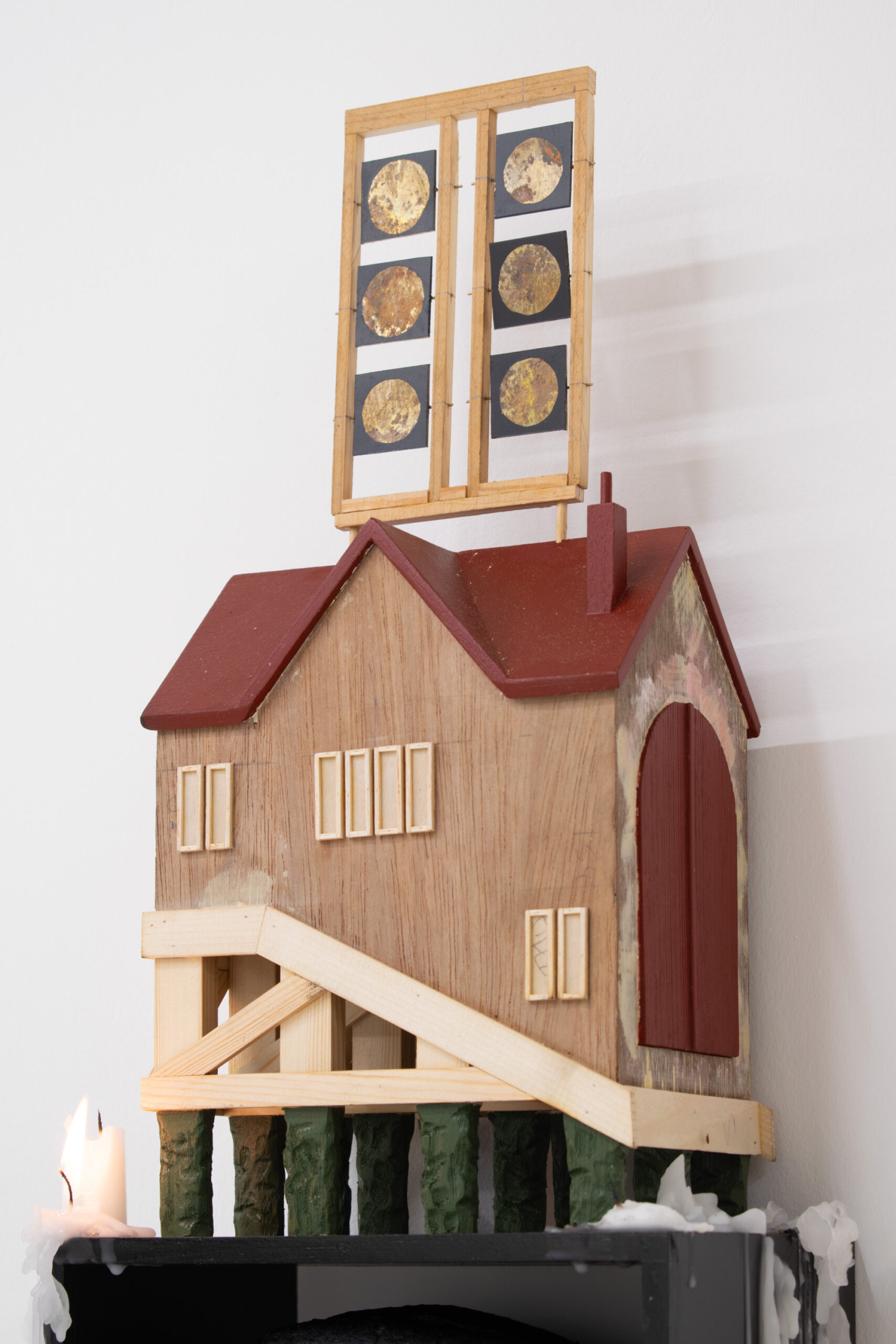
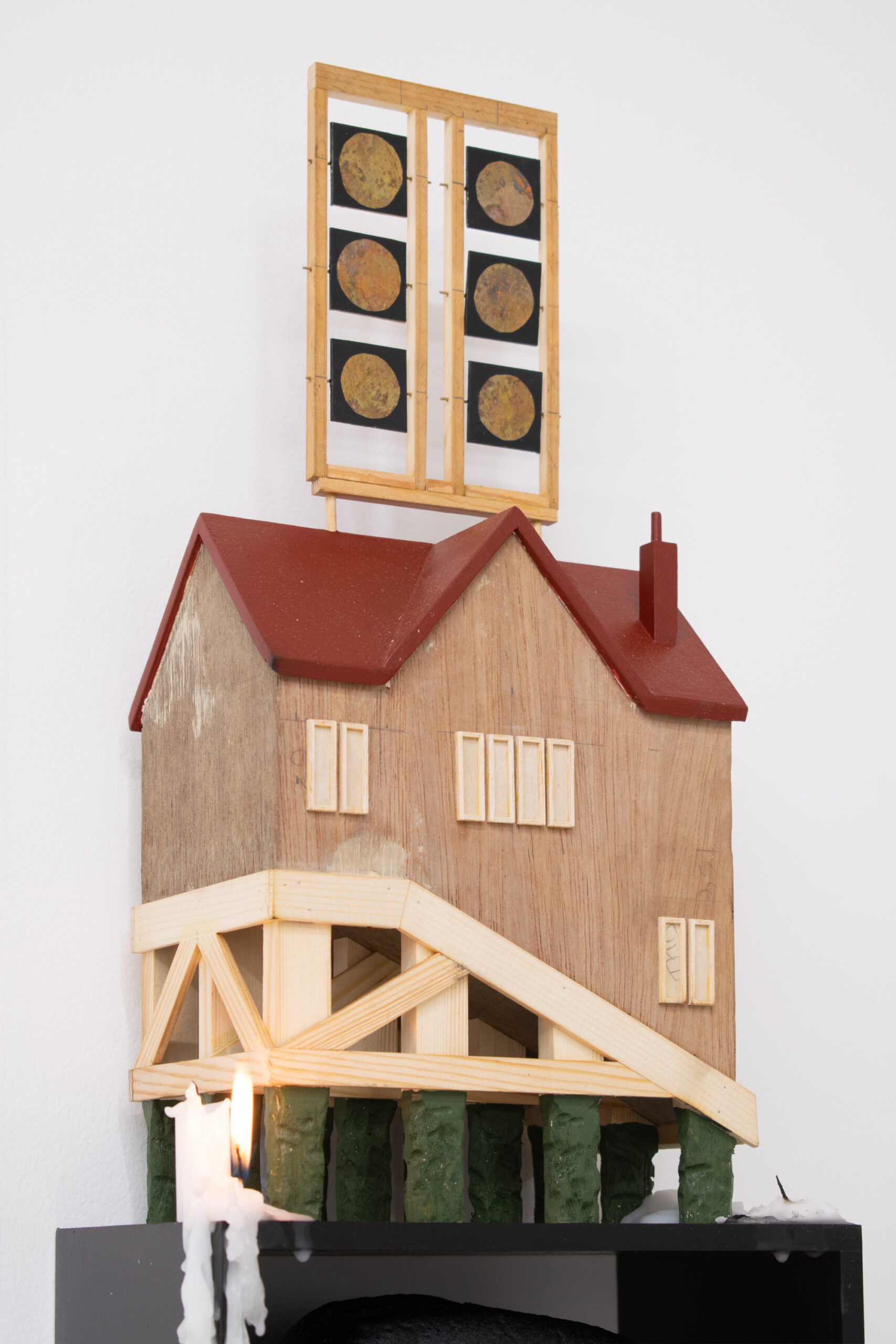
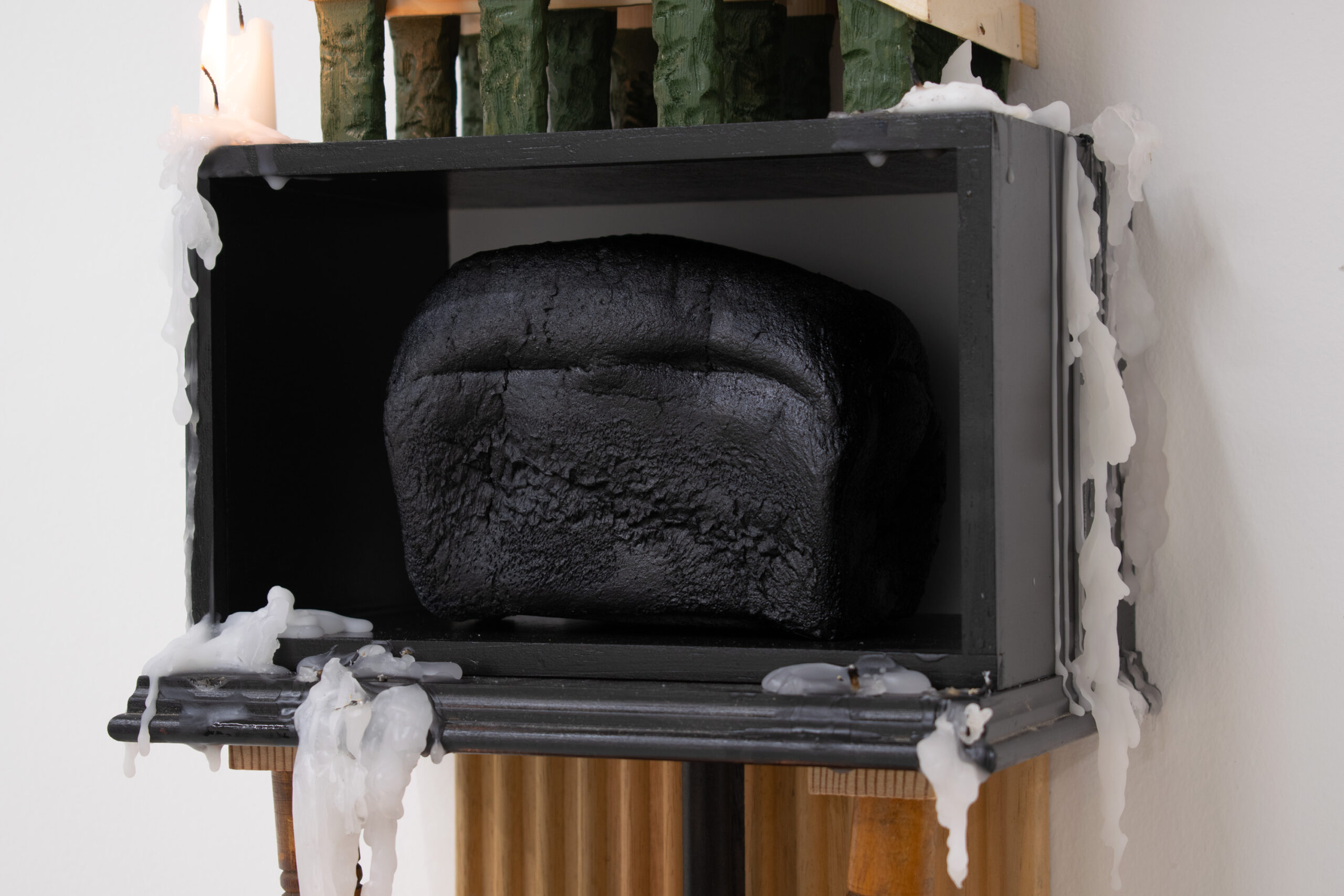
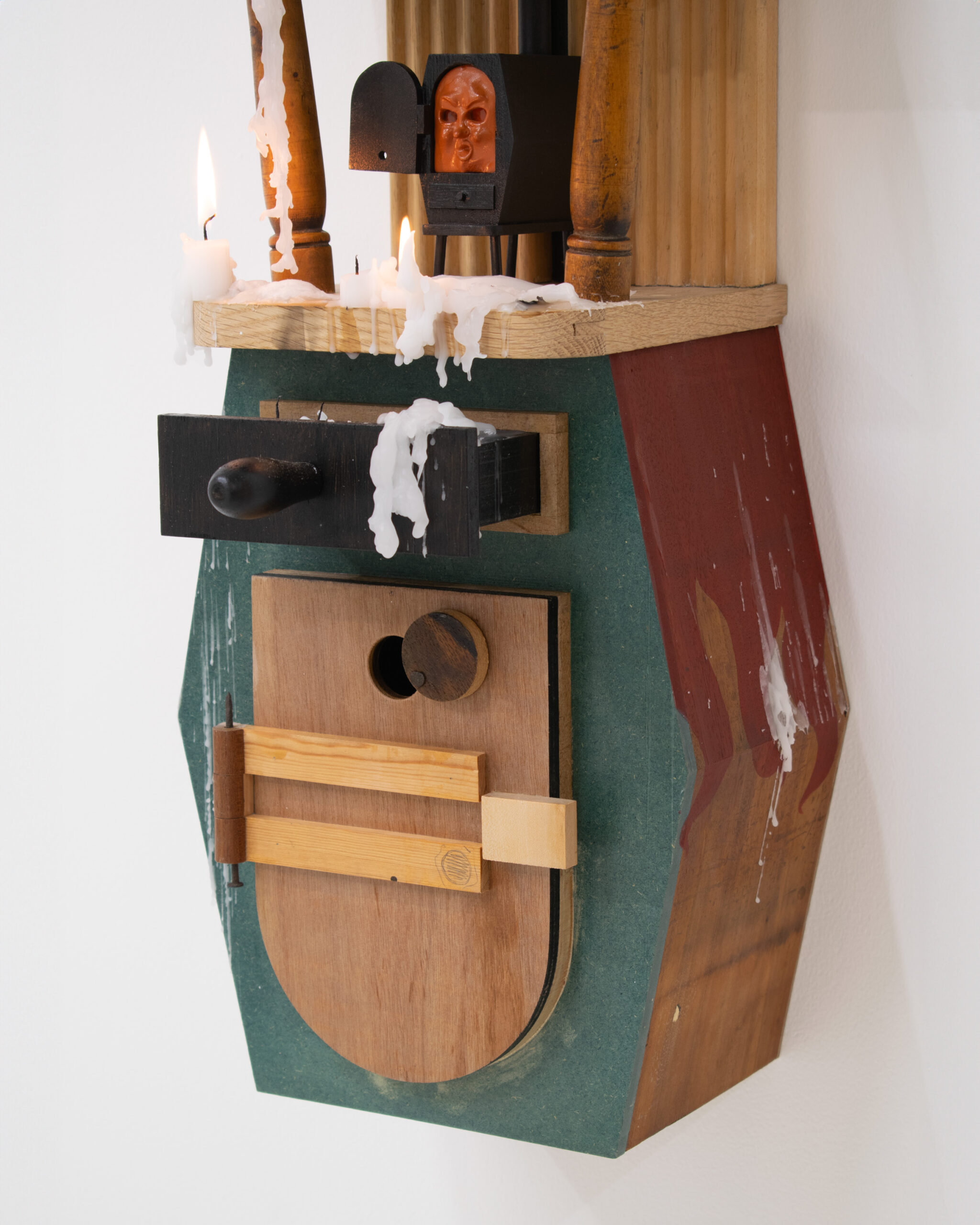
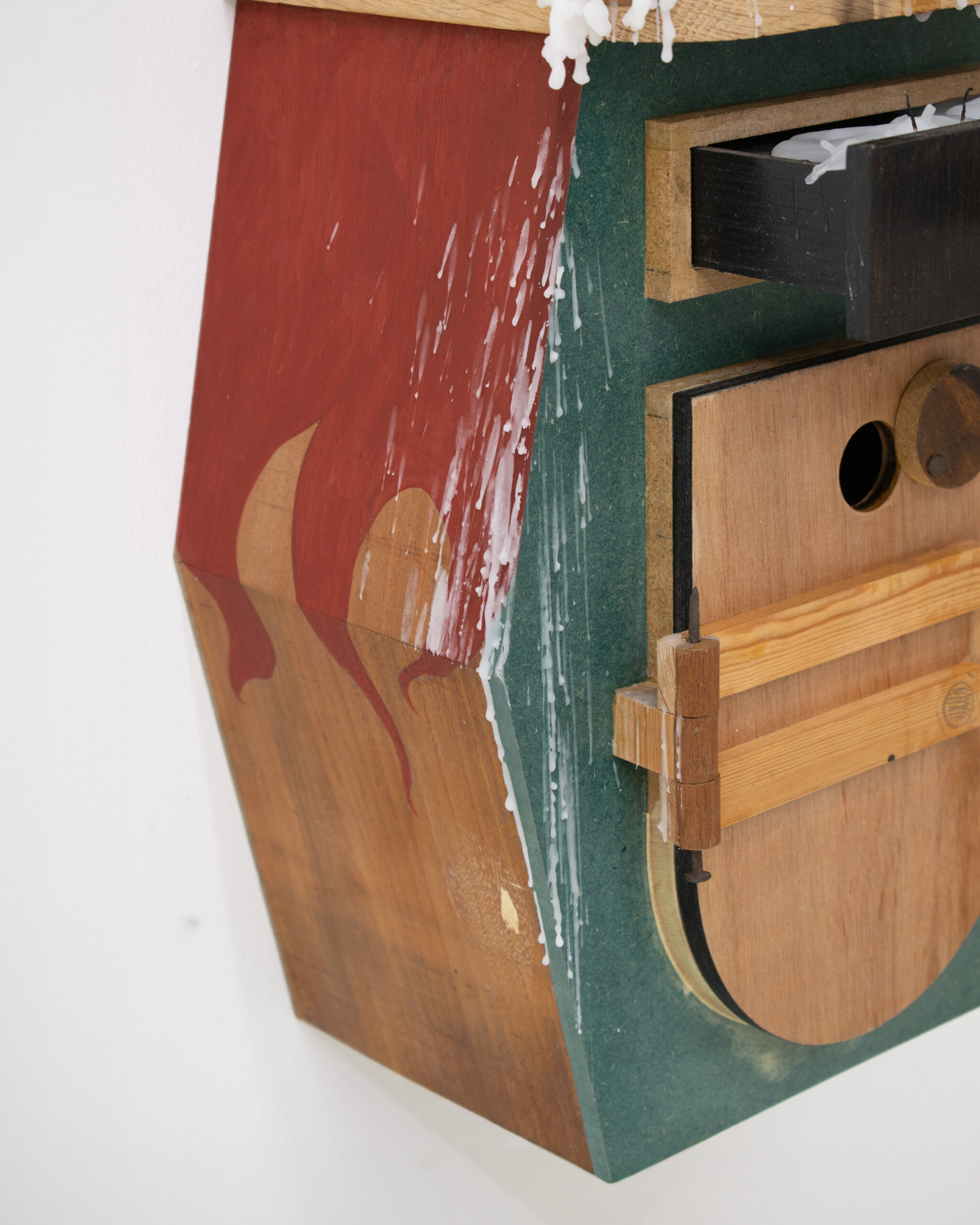
![LA001 [Install Portrait]](https://slugtown.co.uk/wp-content/uploads/2025/07/LA001-Install-Portrait-scaled.jpg)
